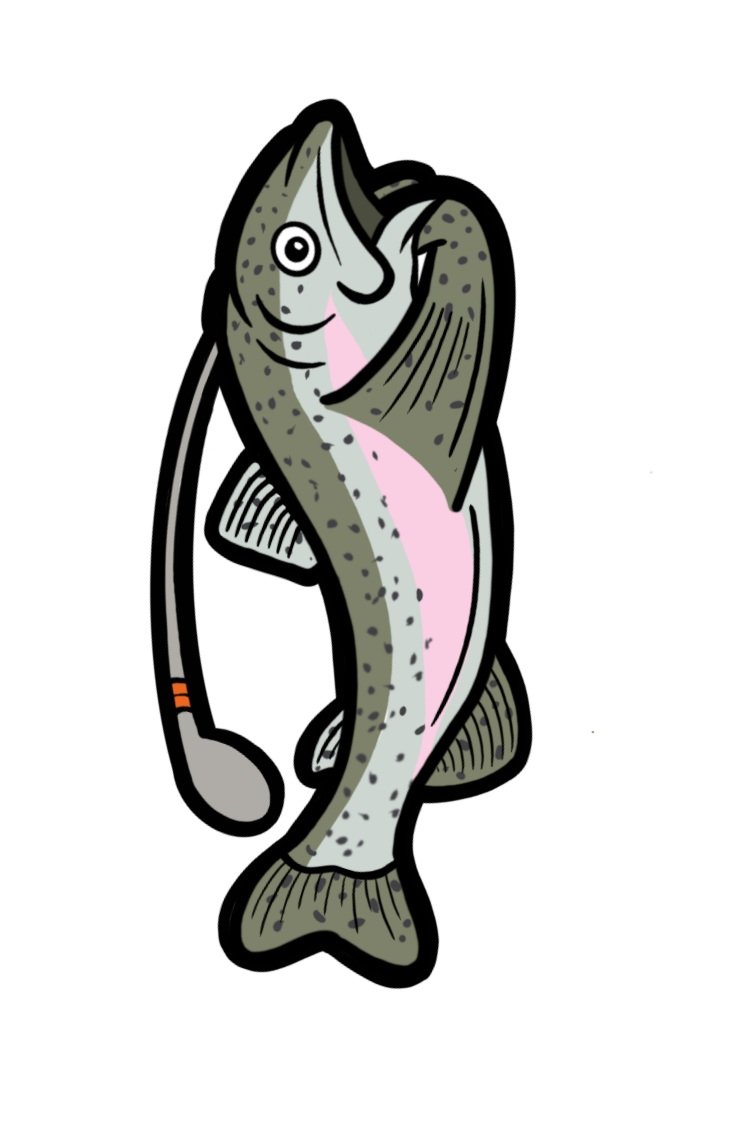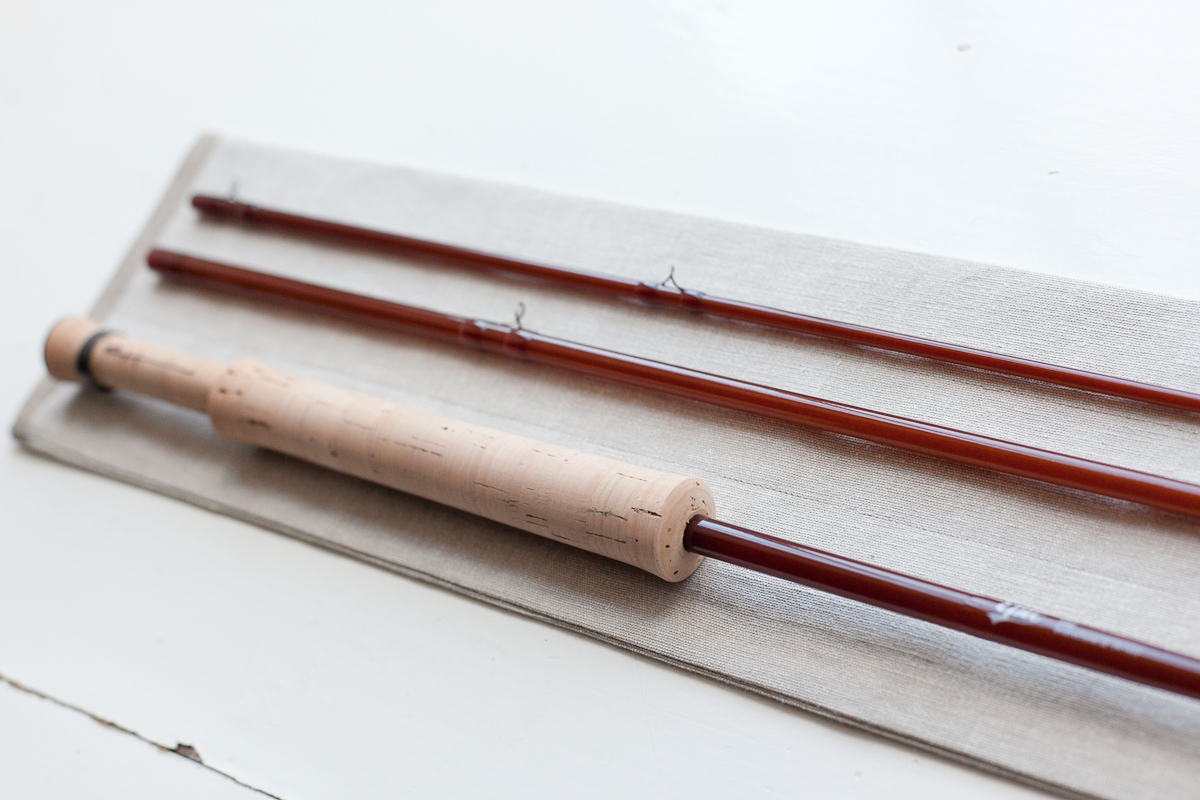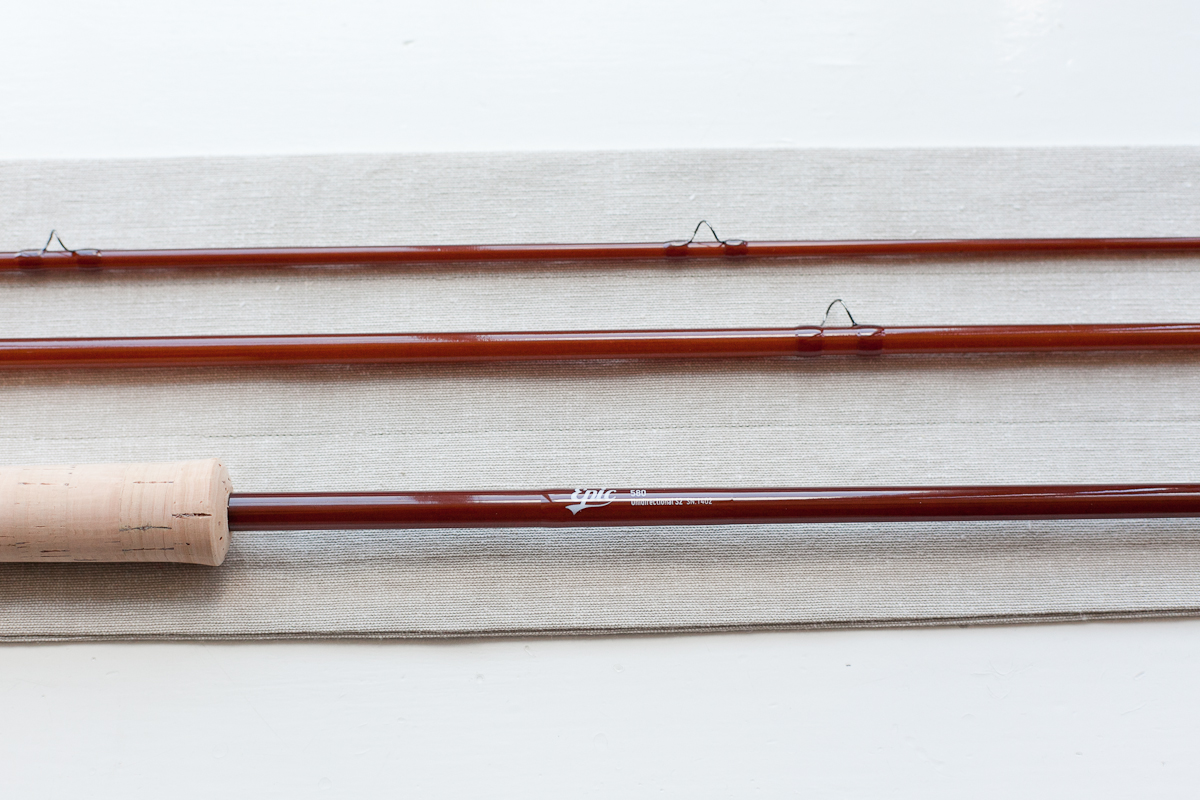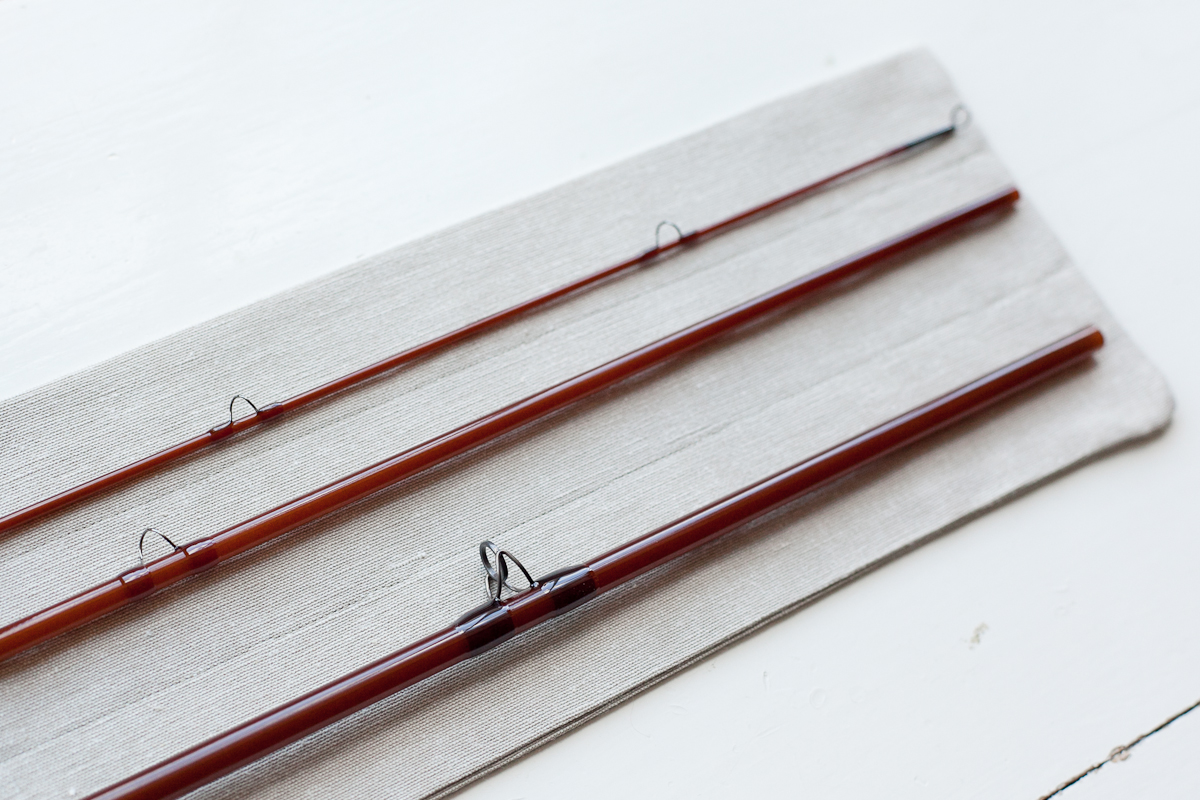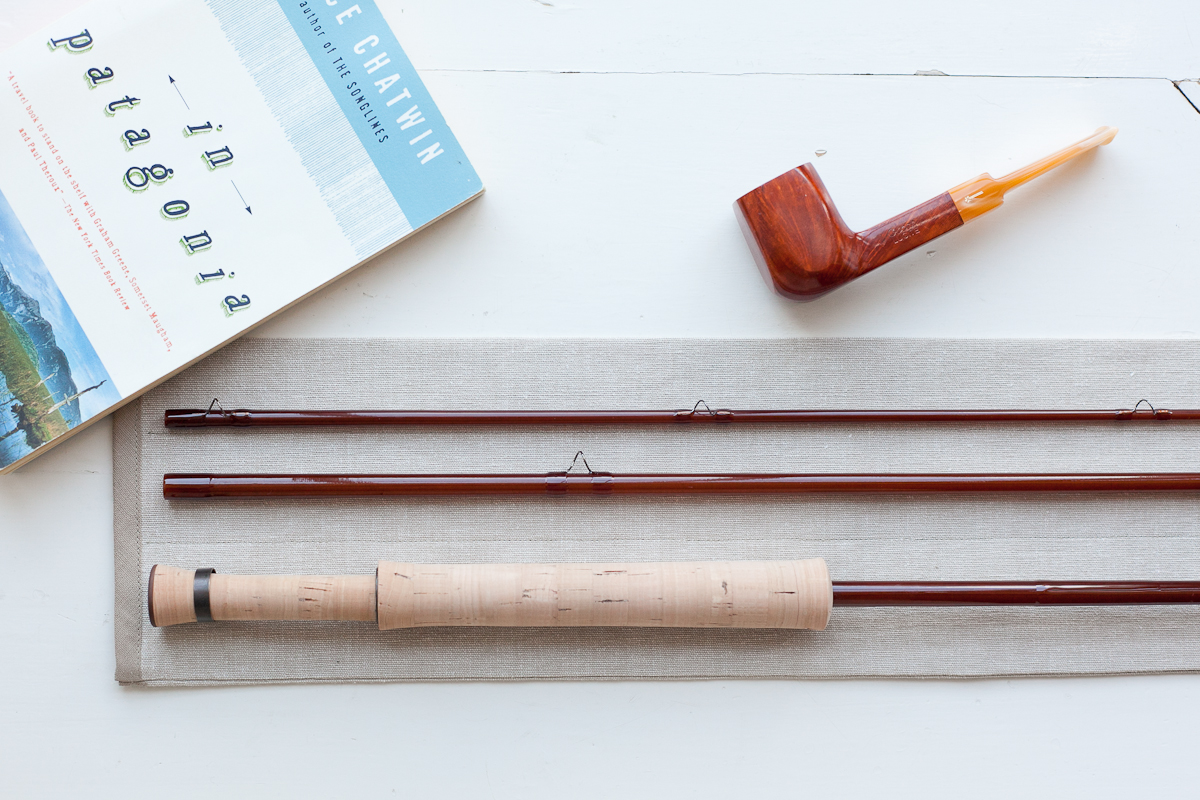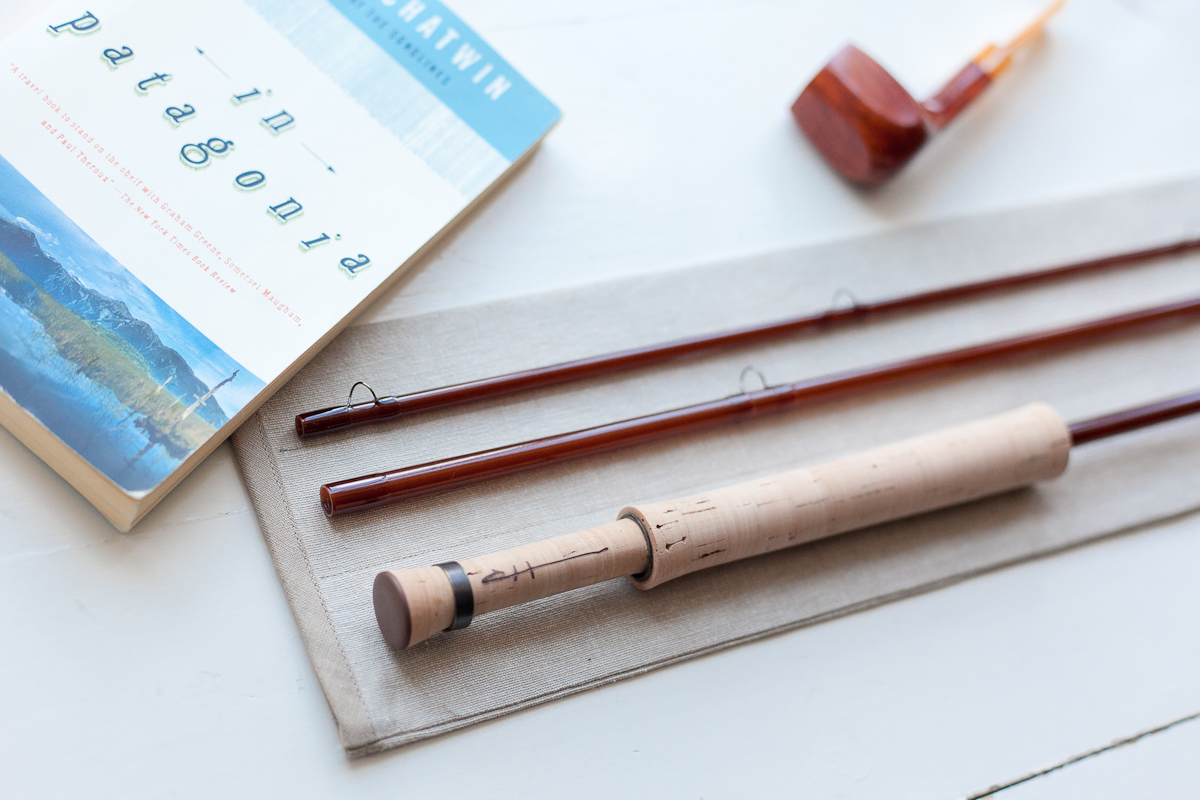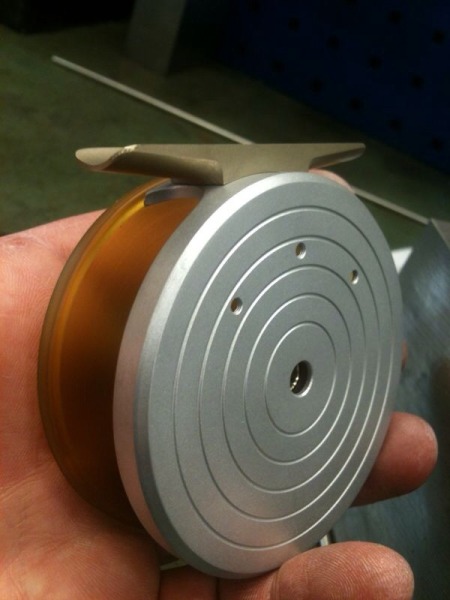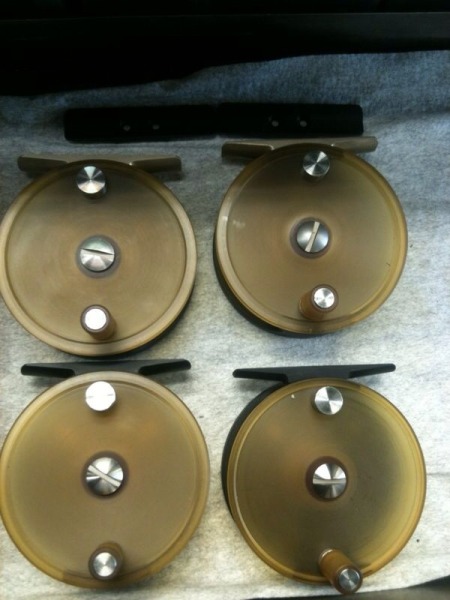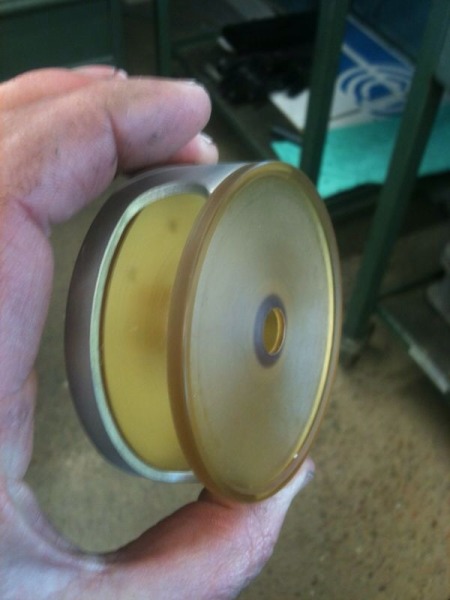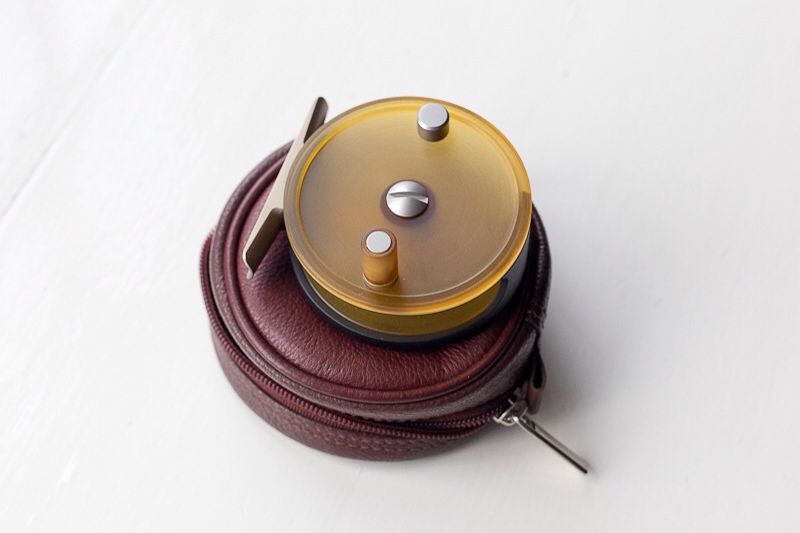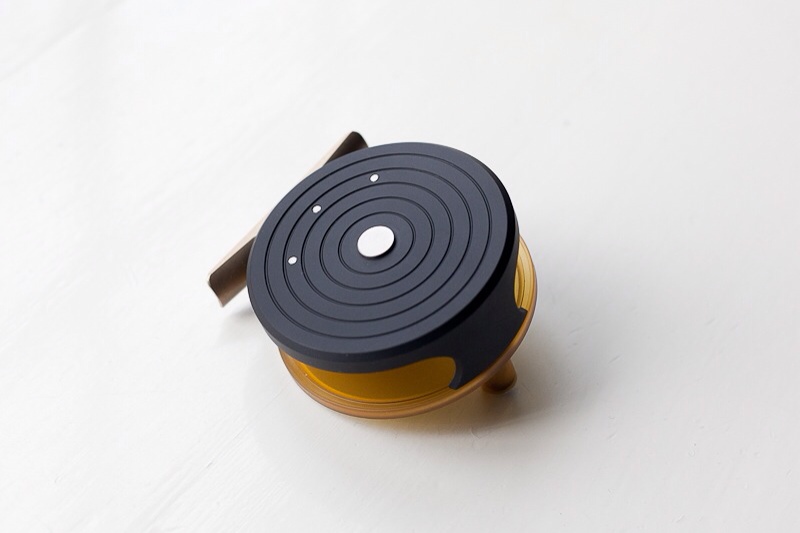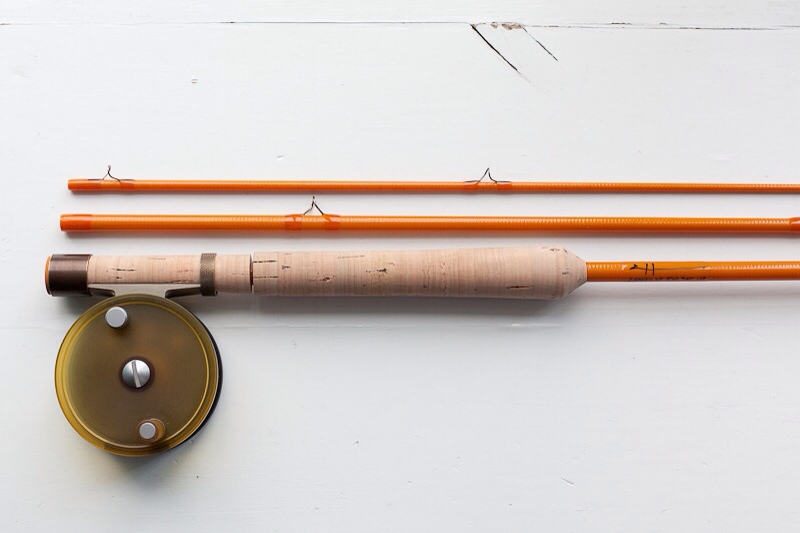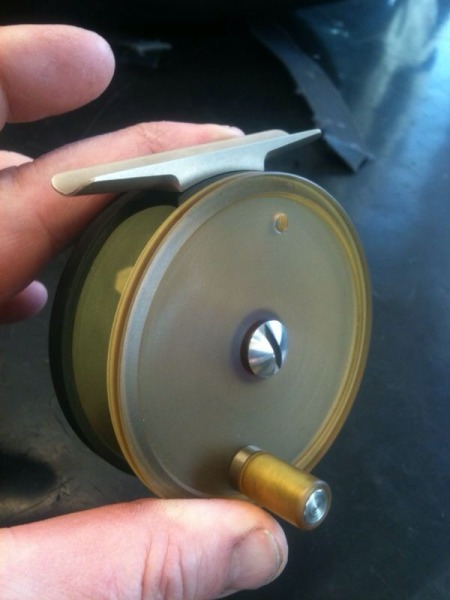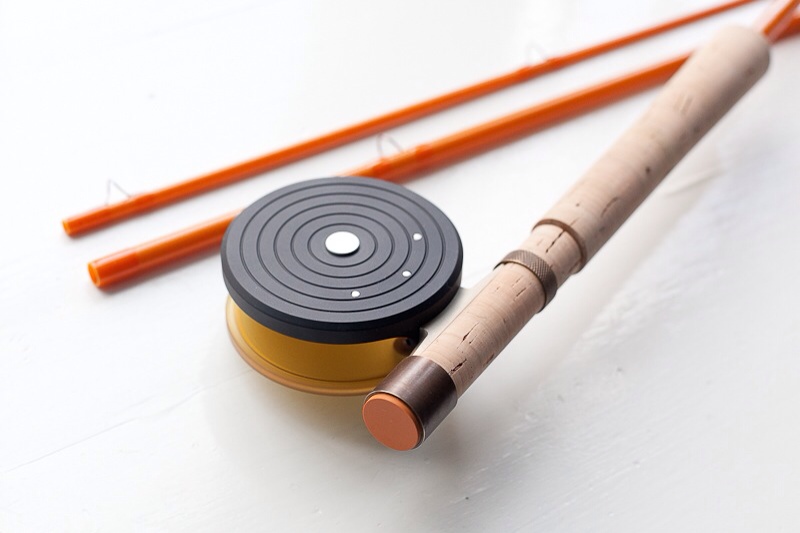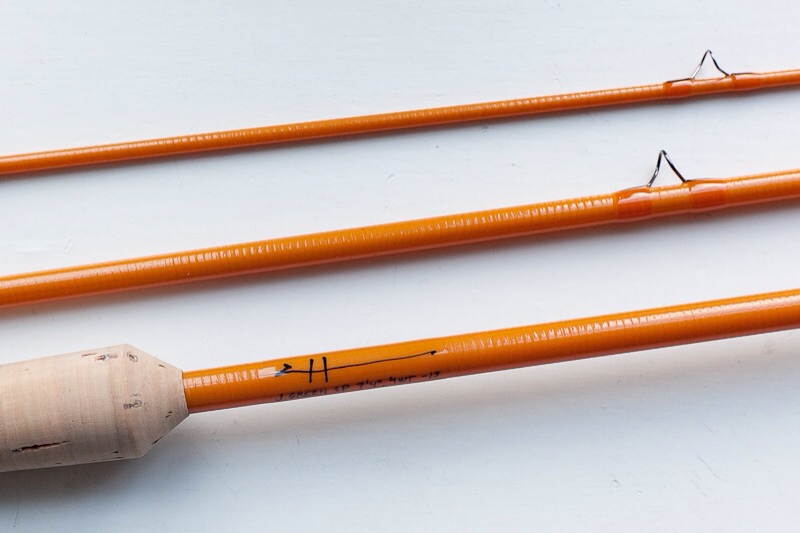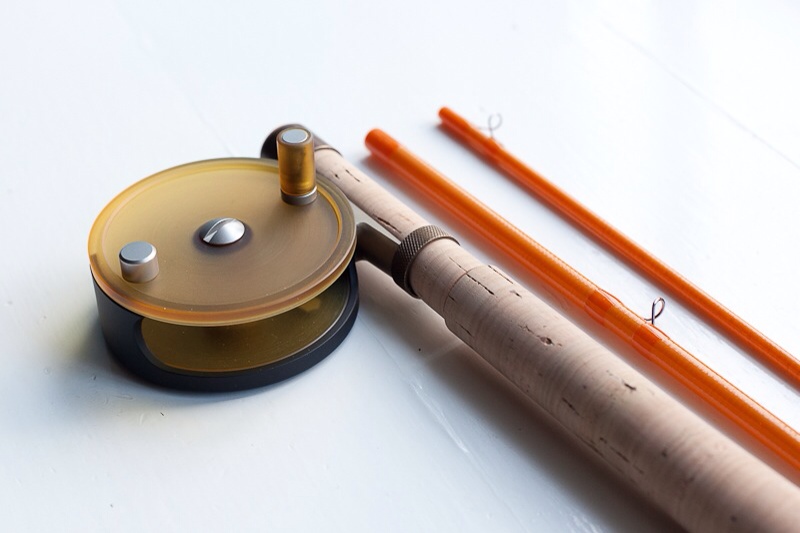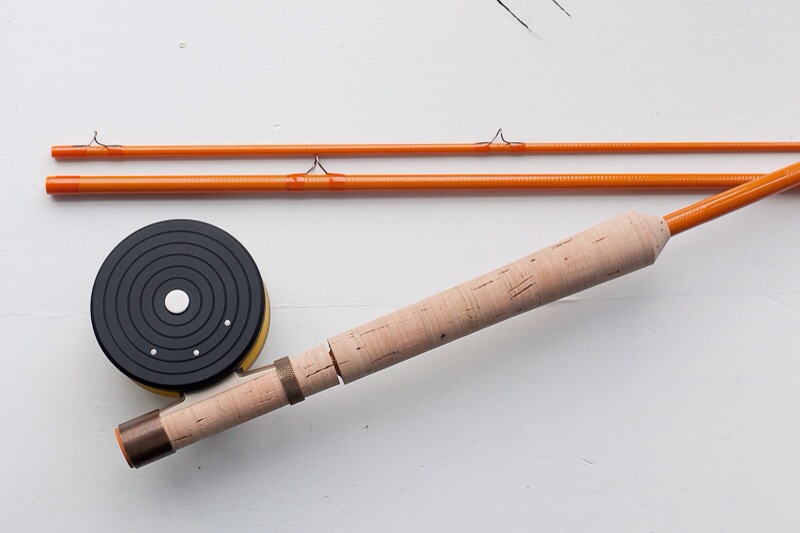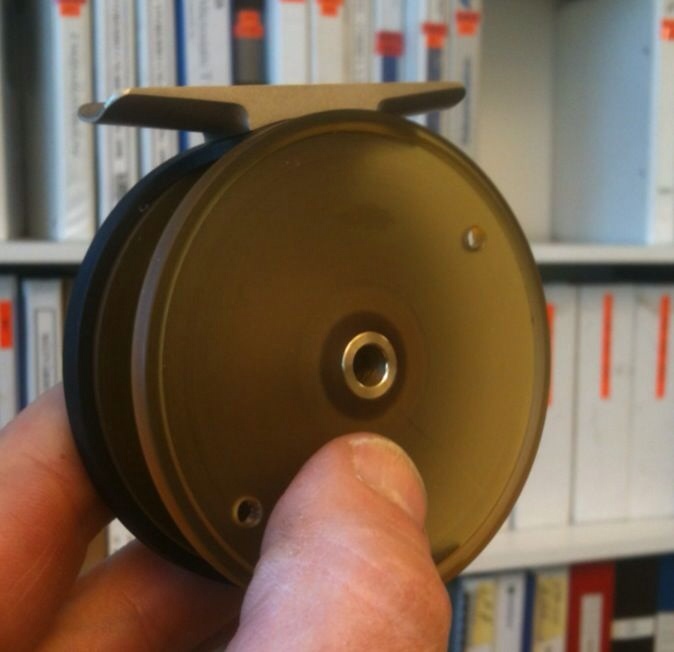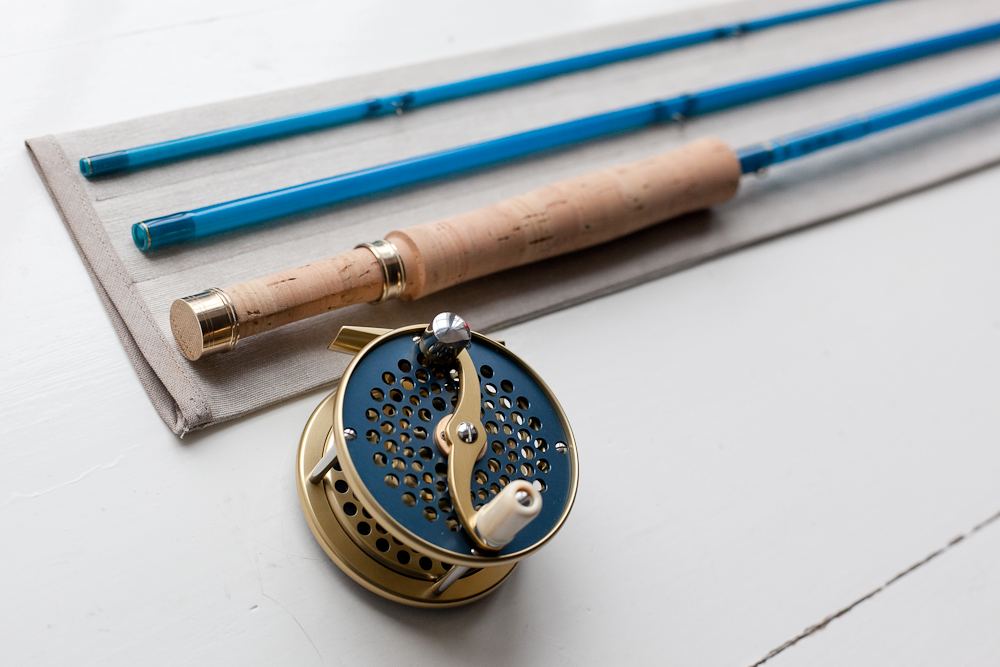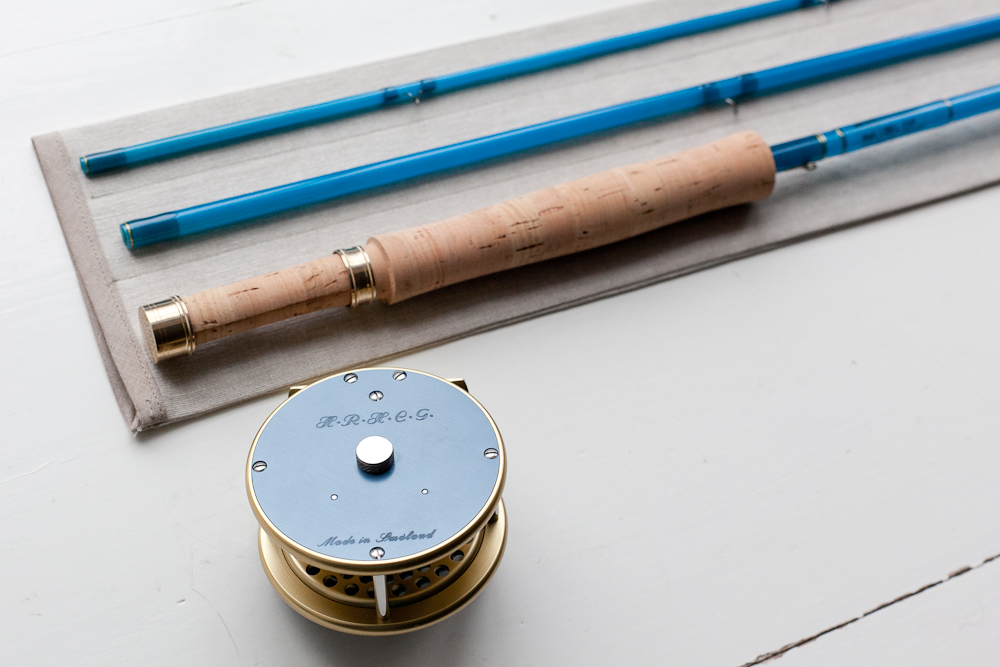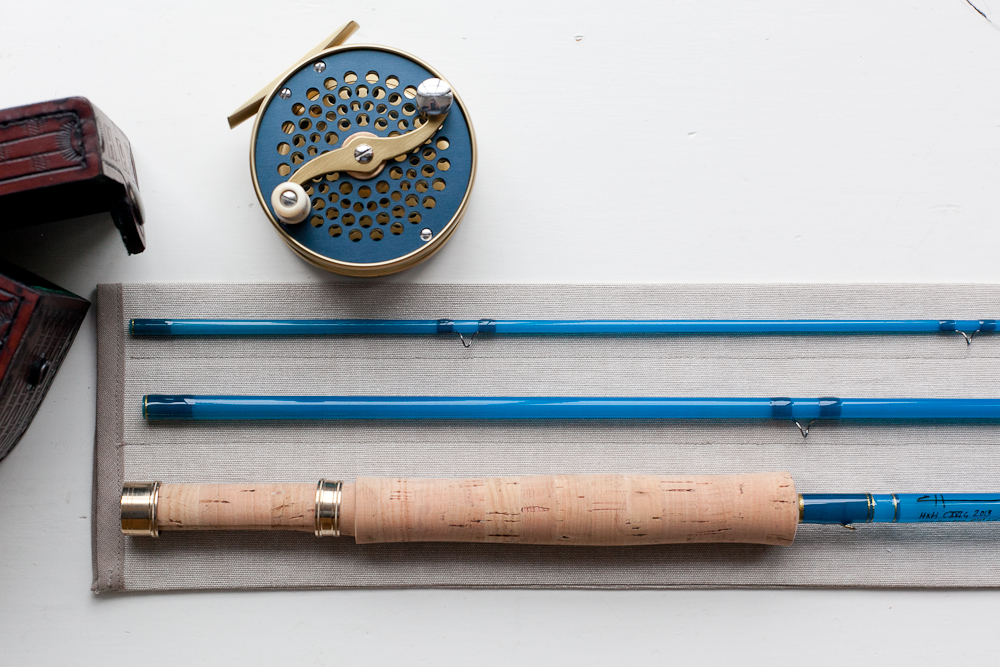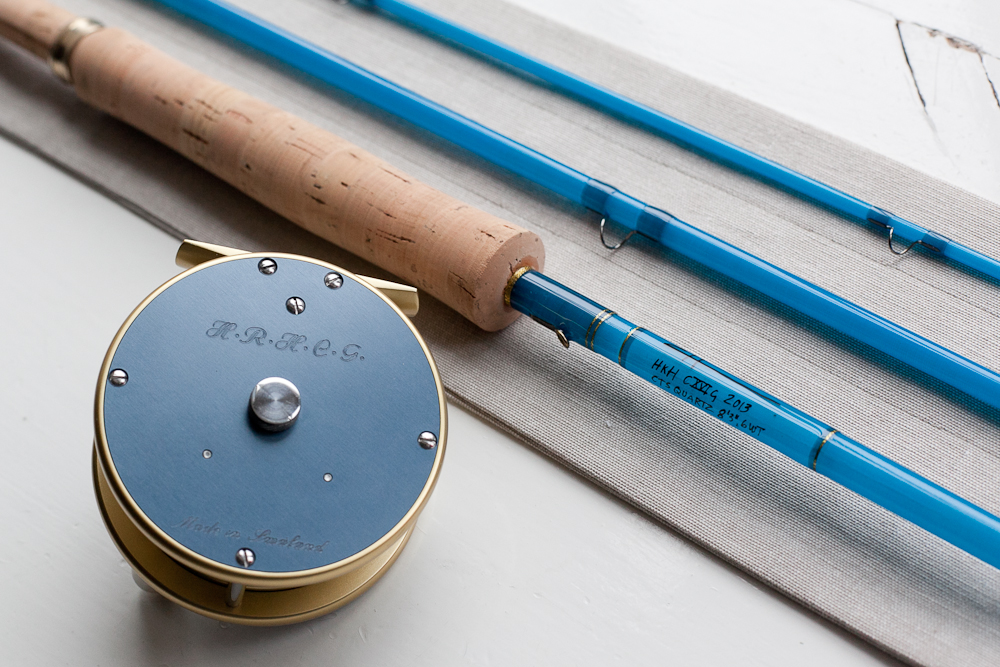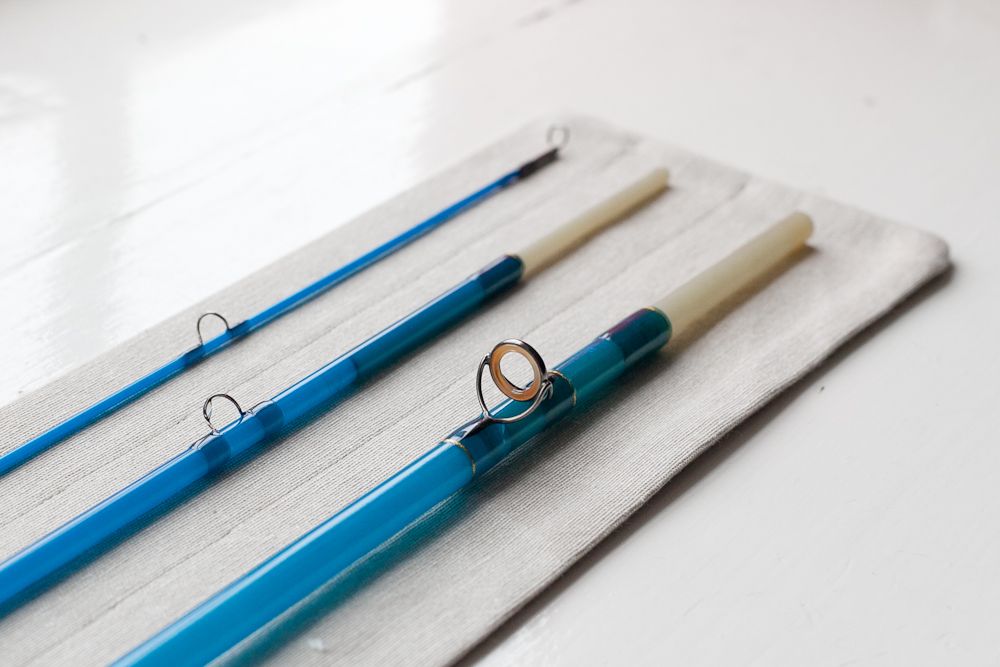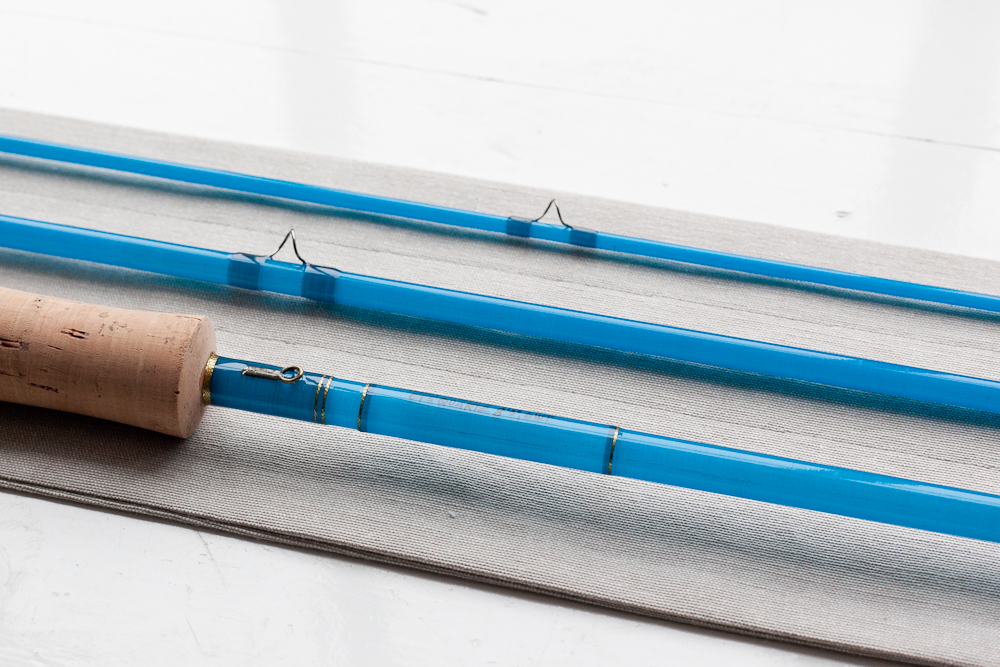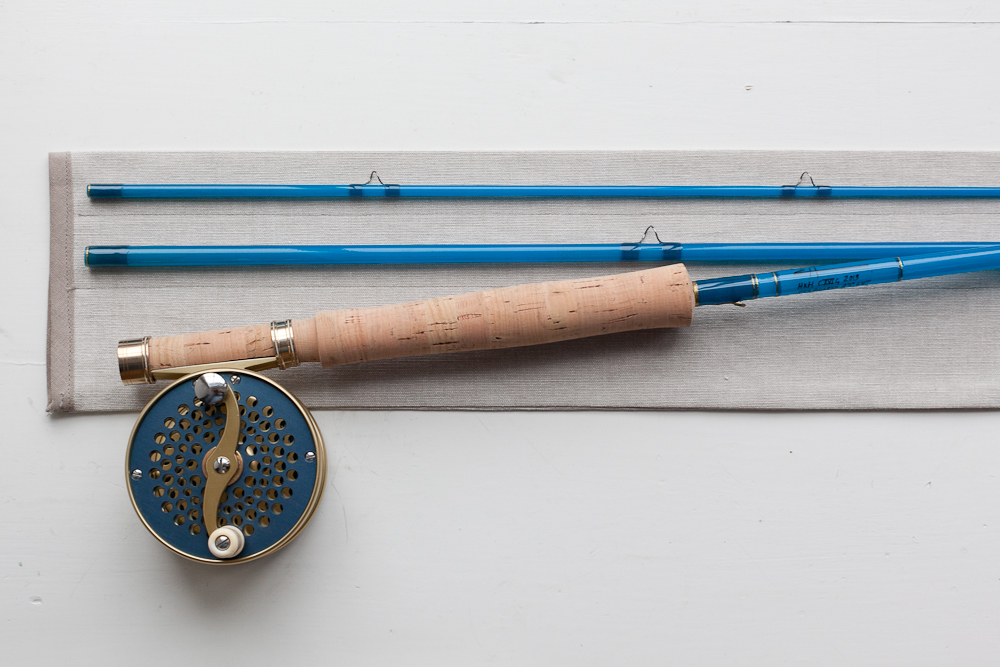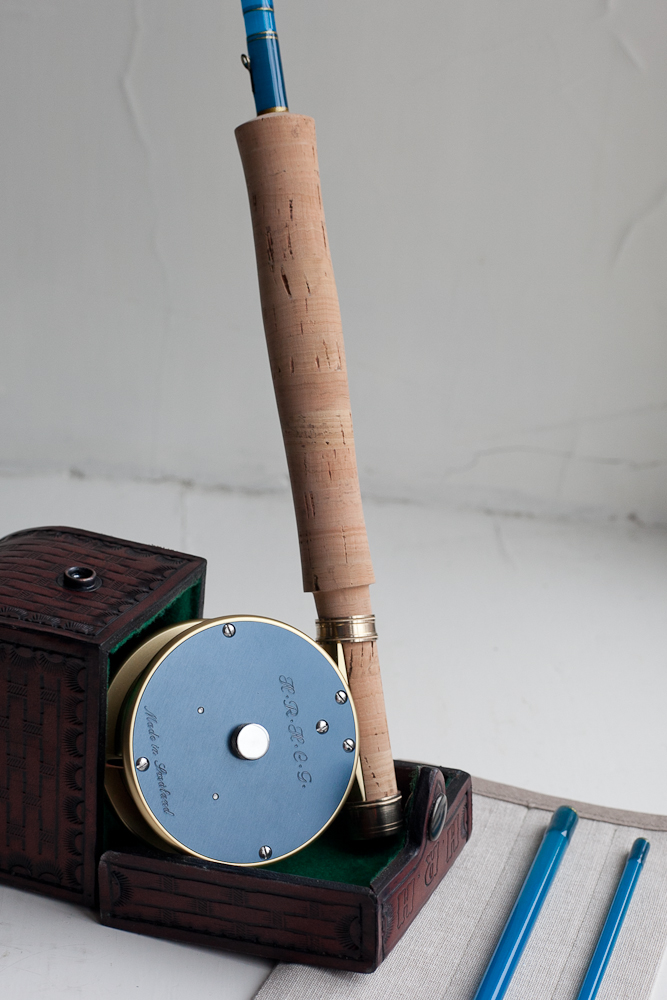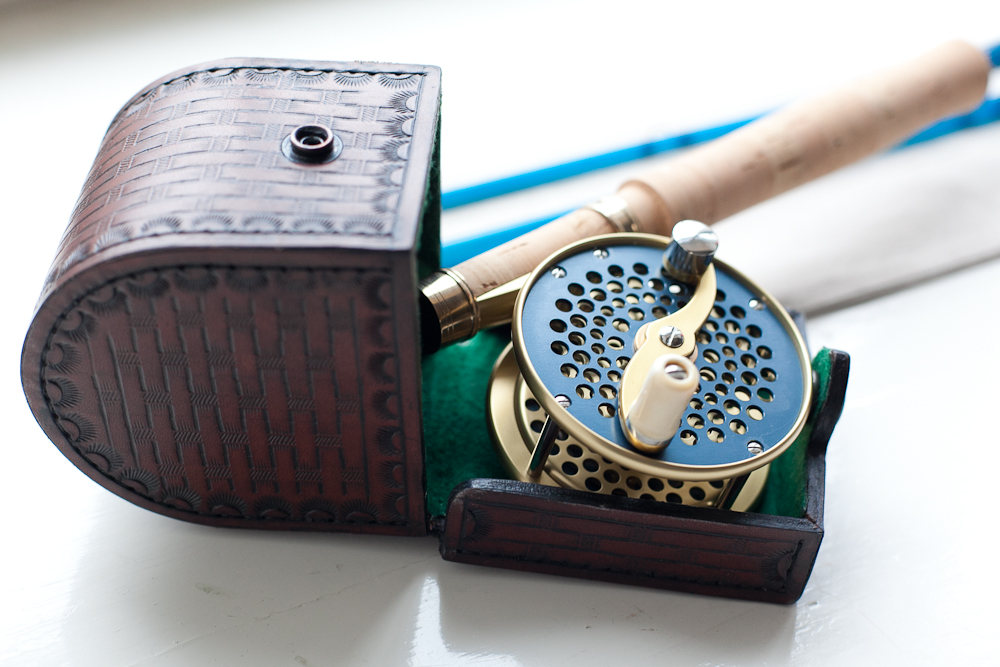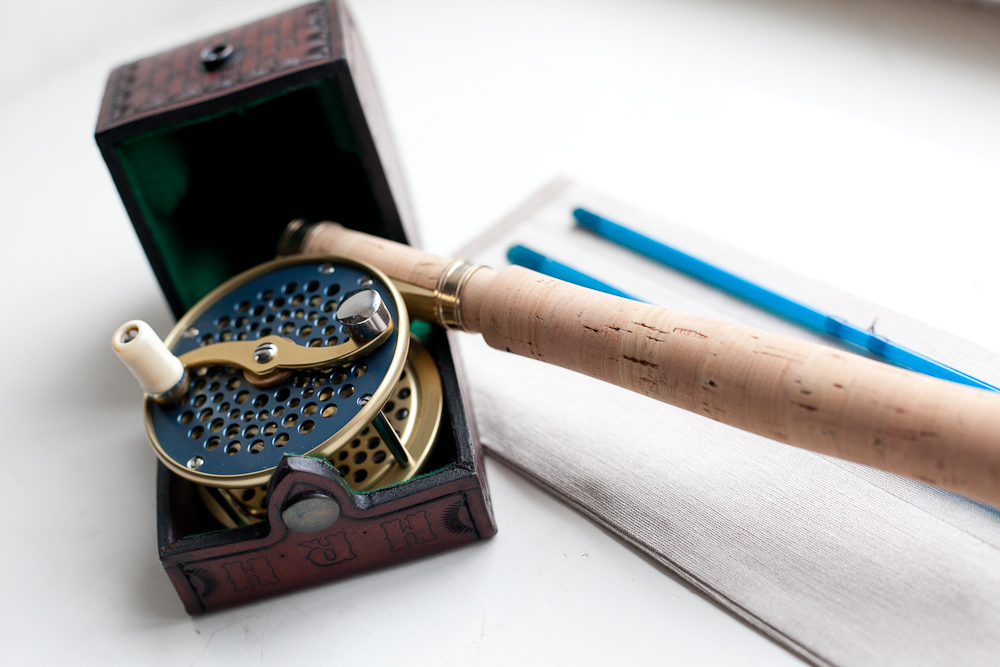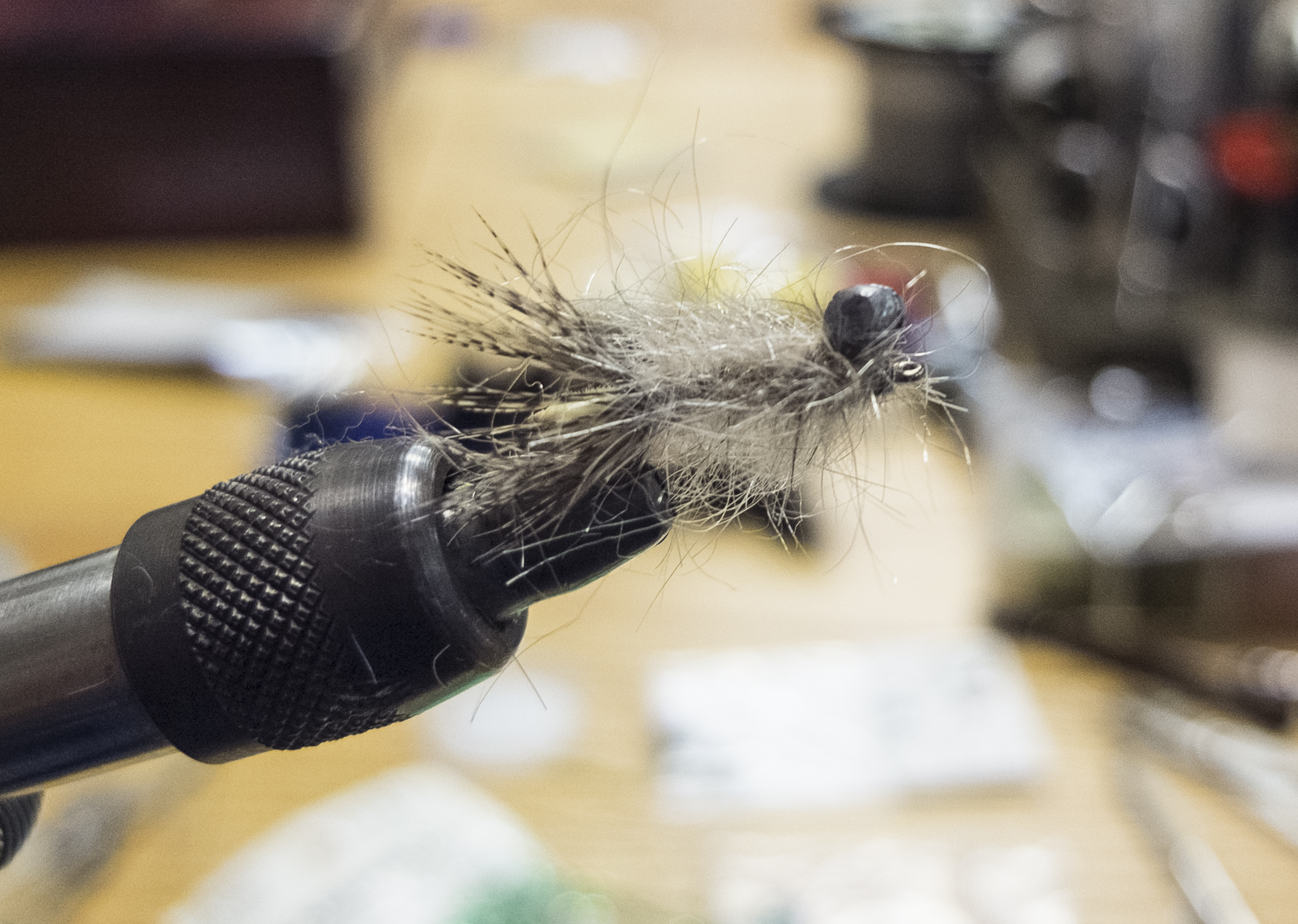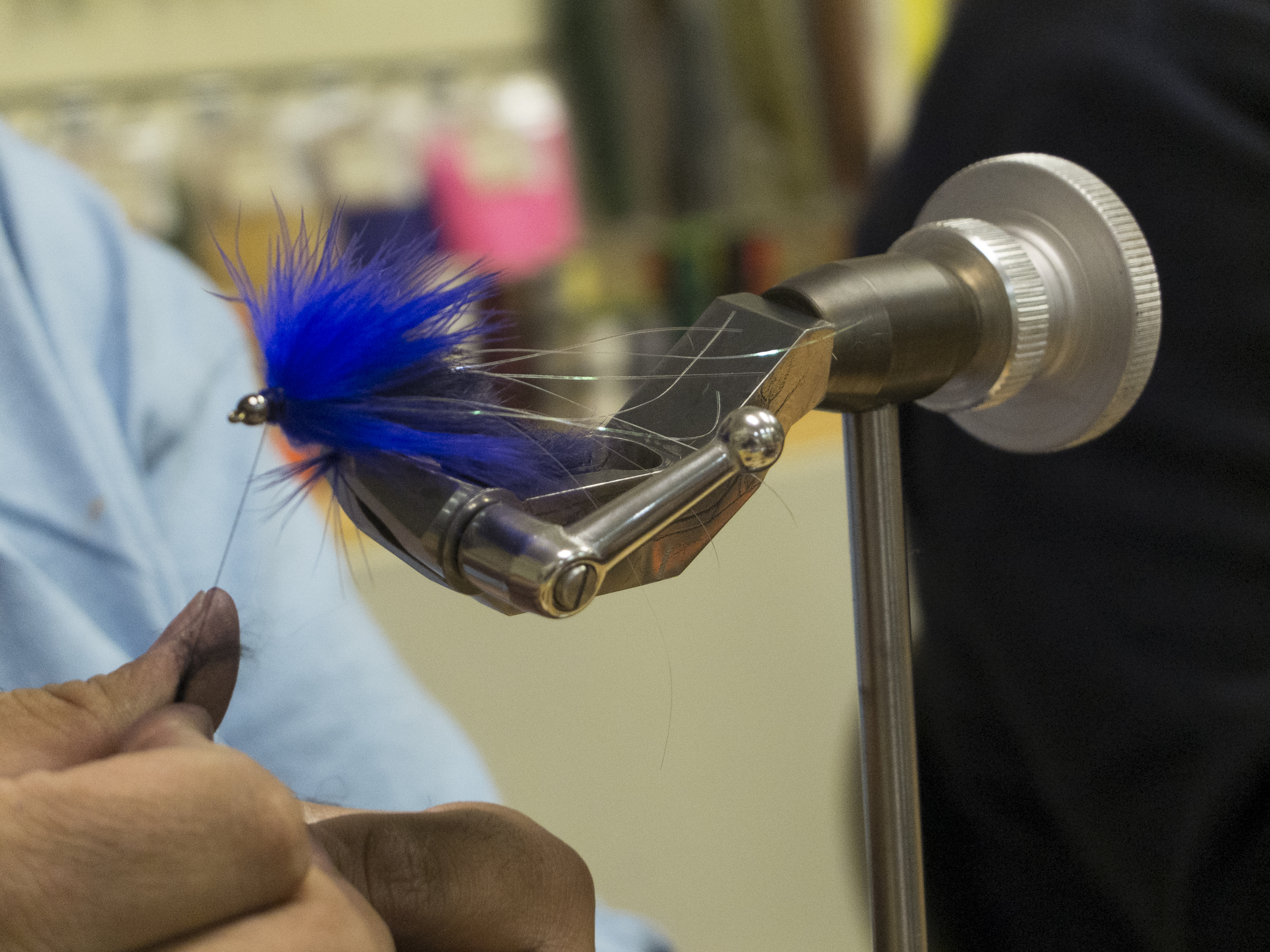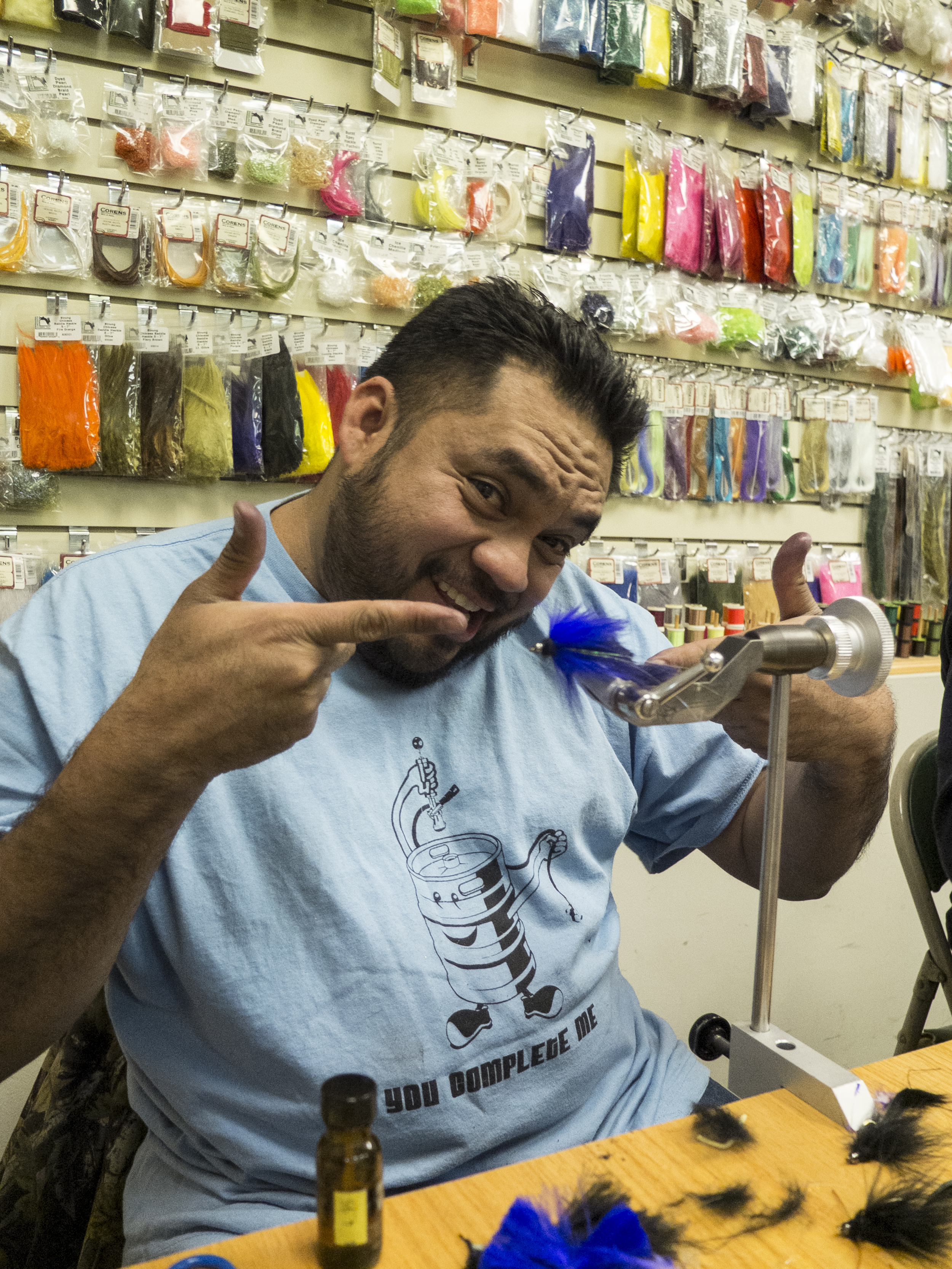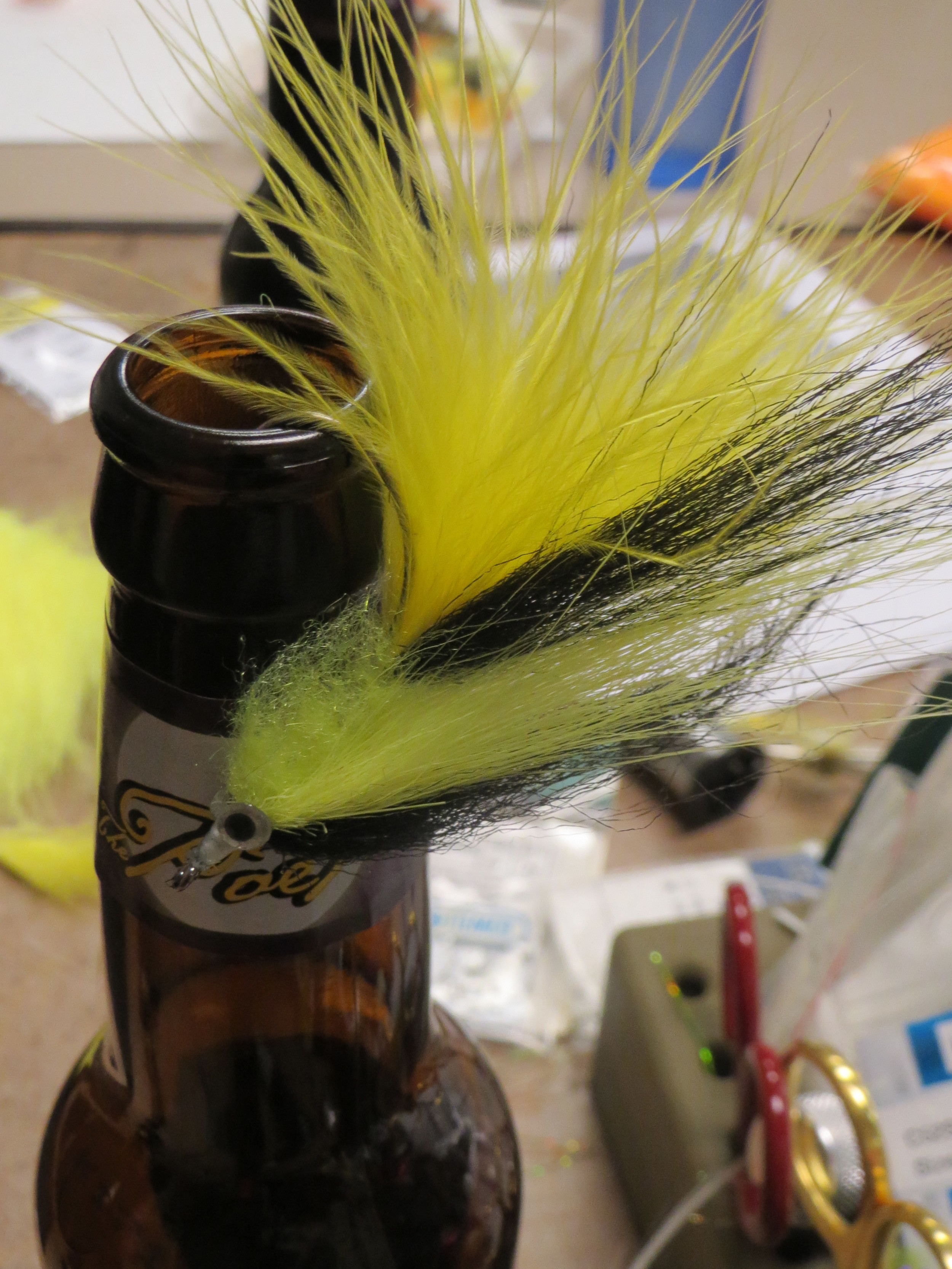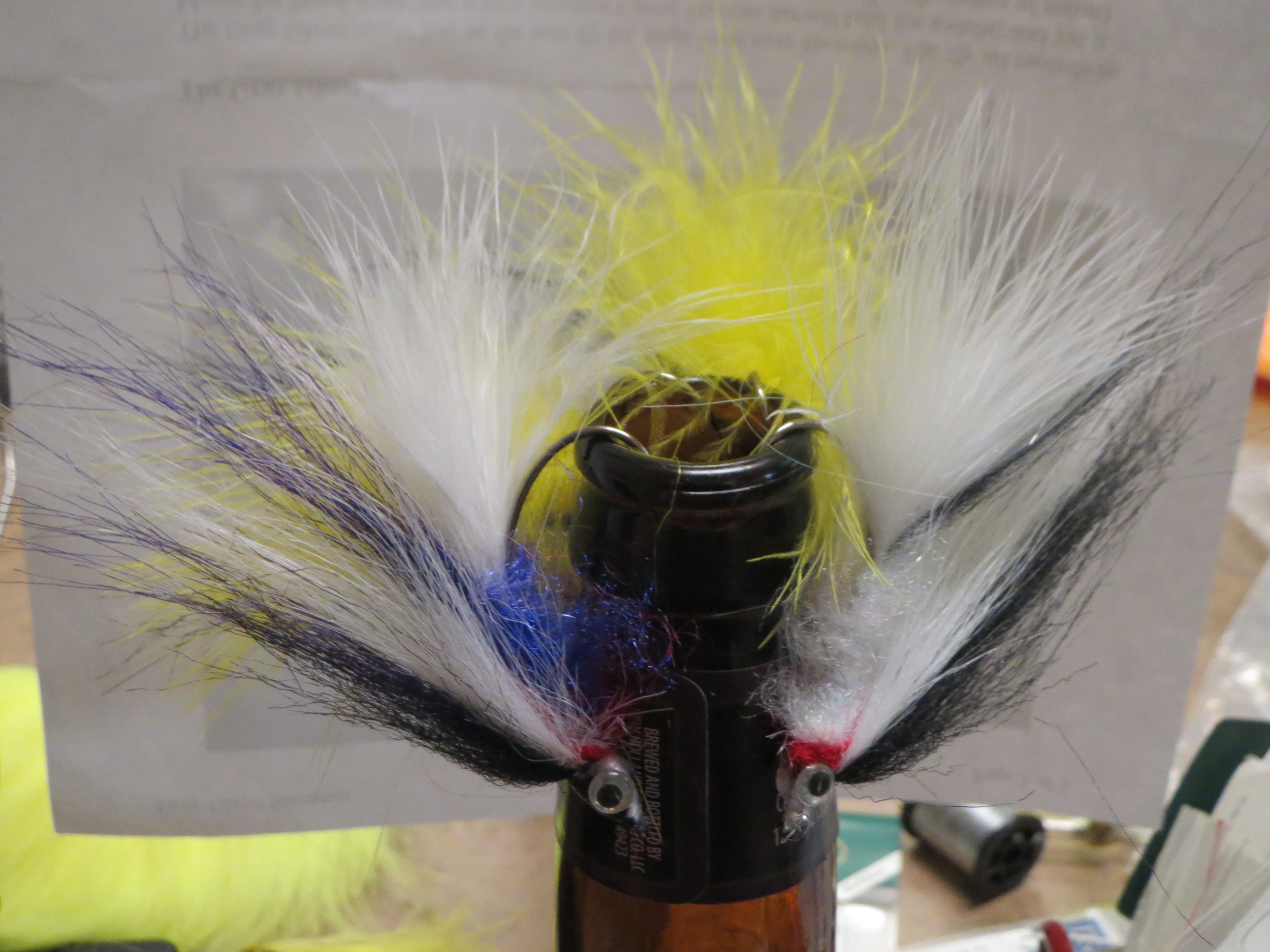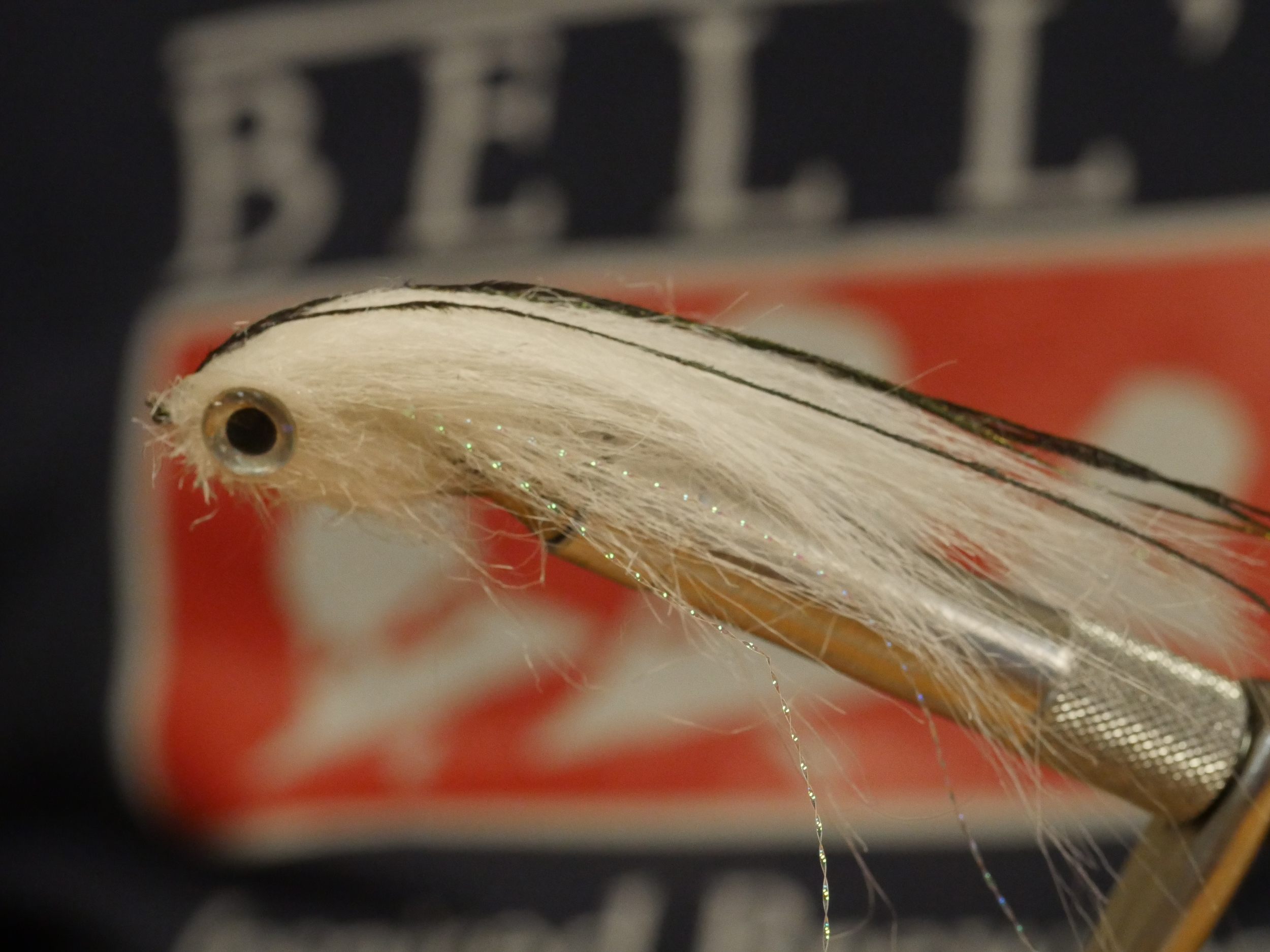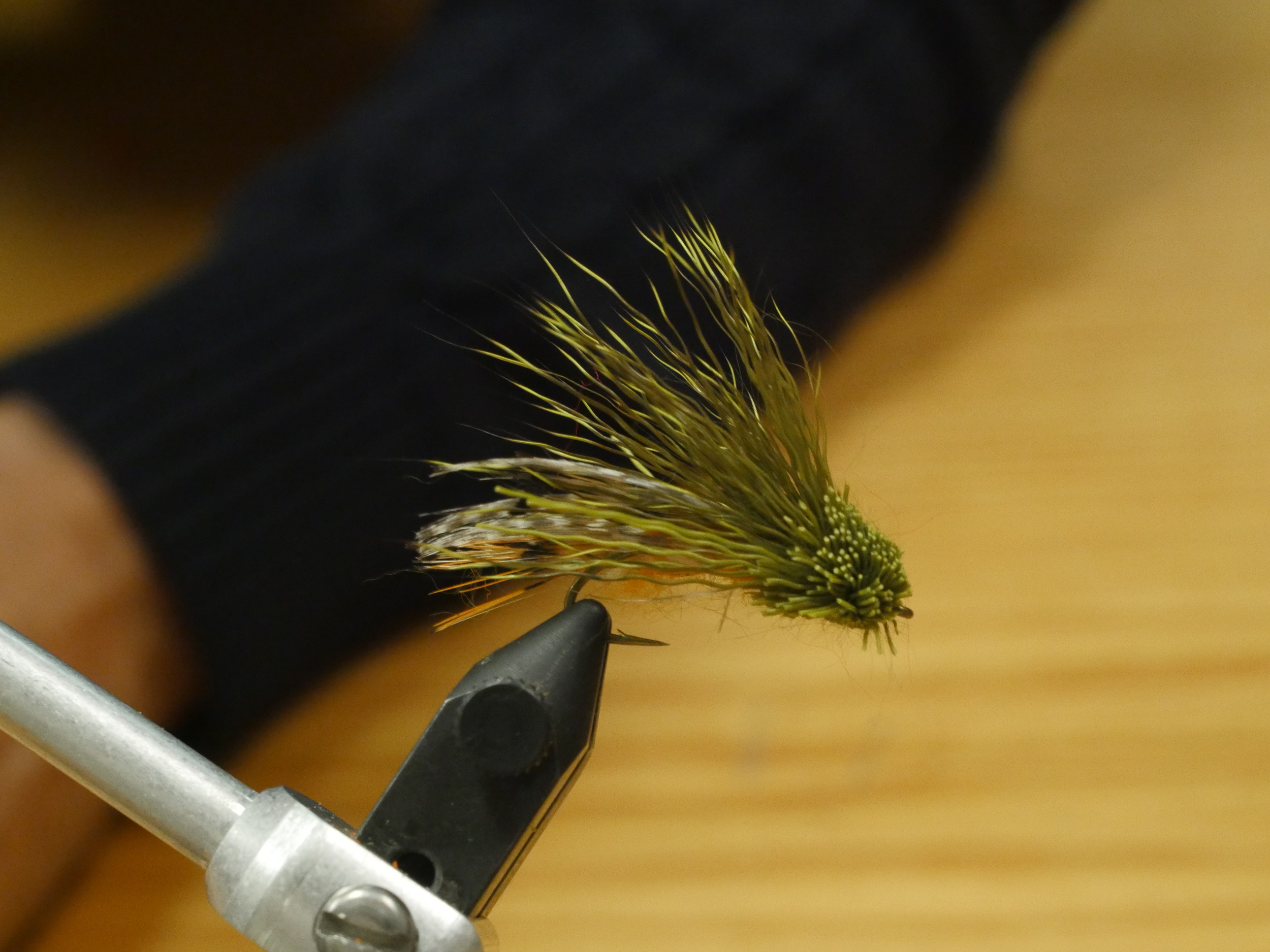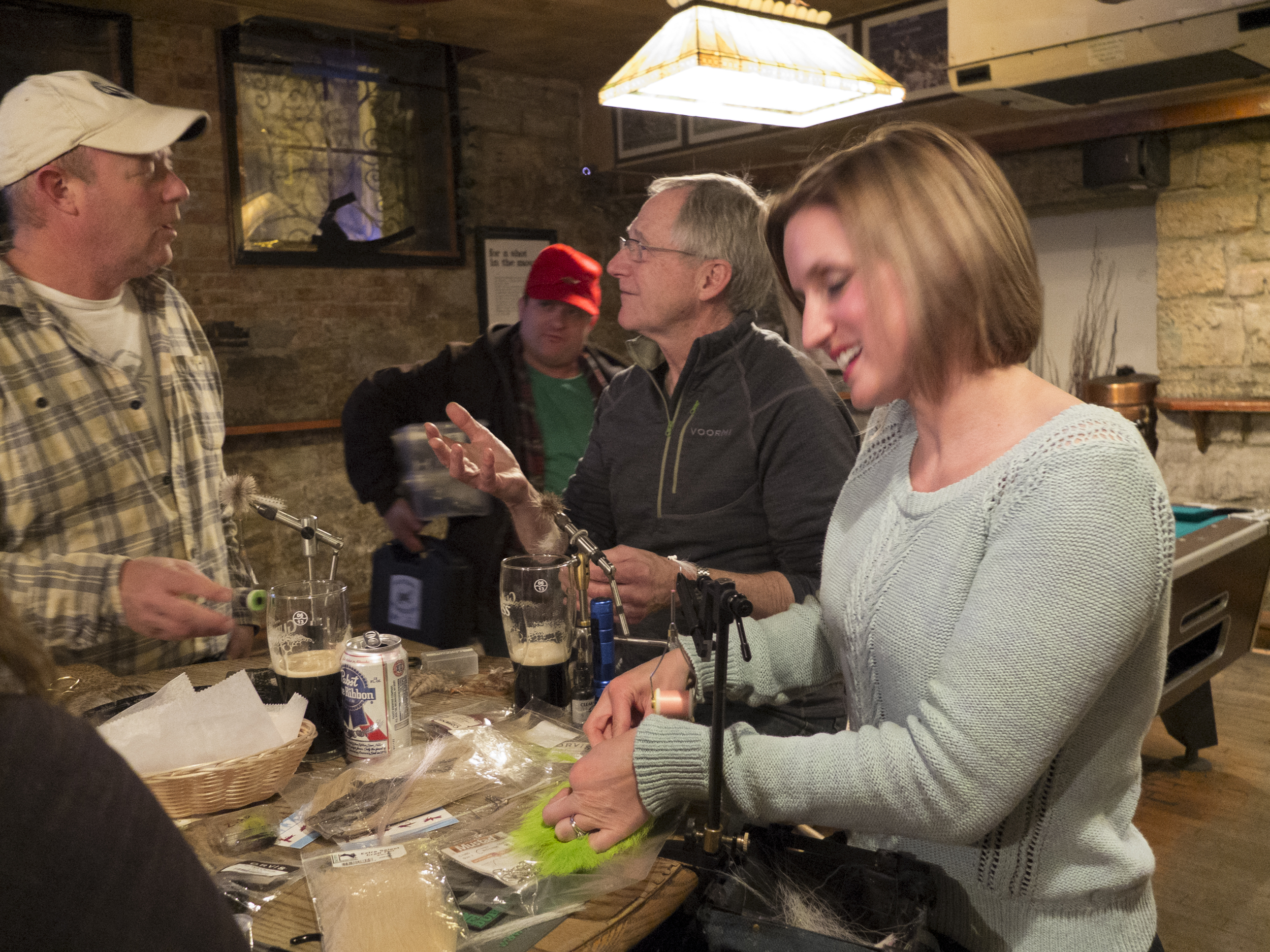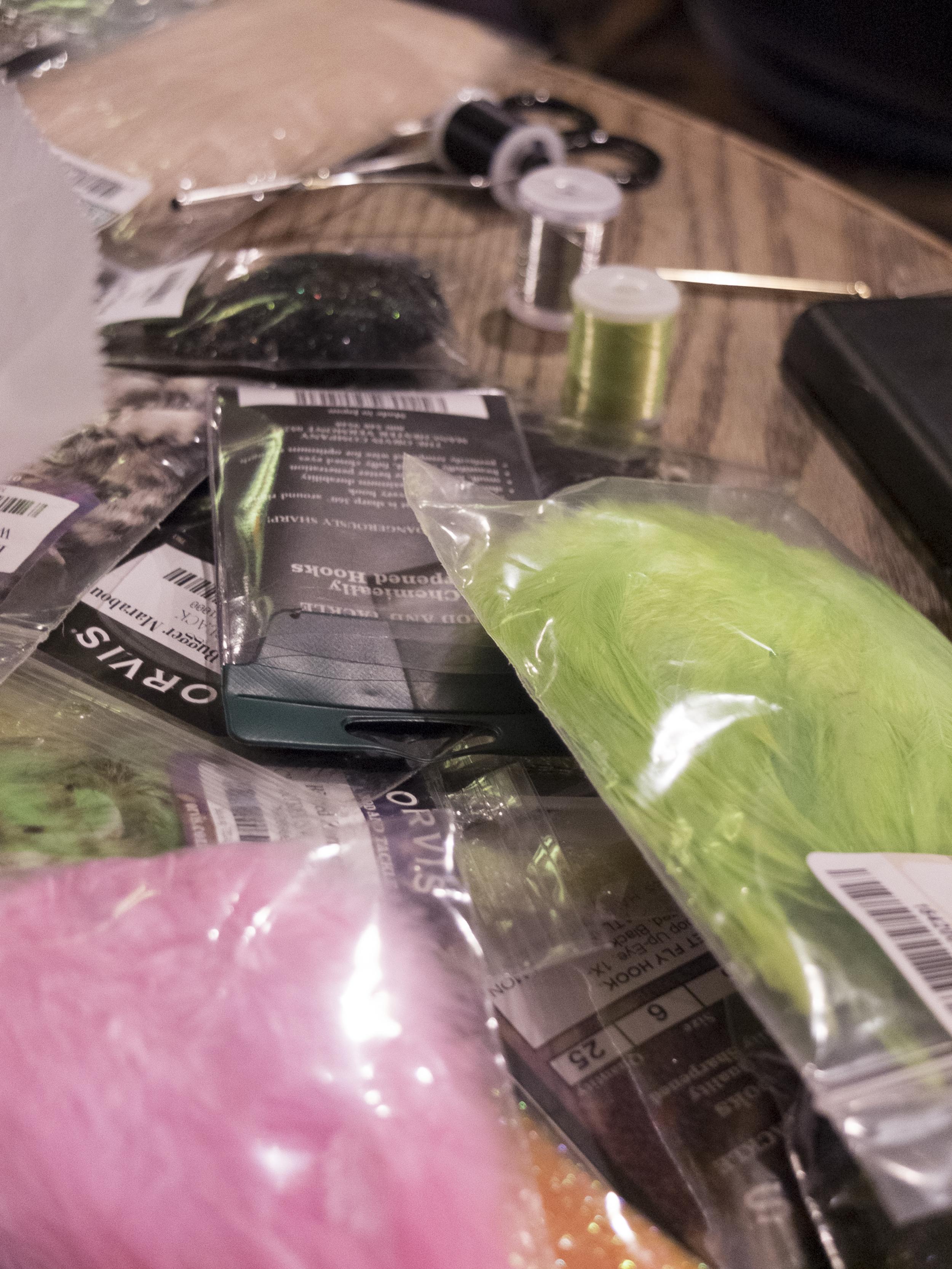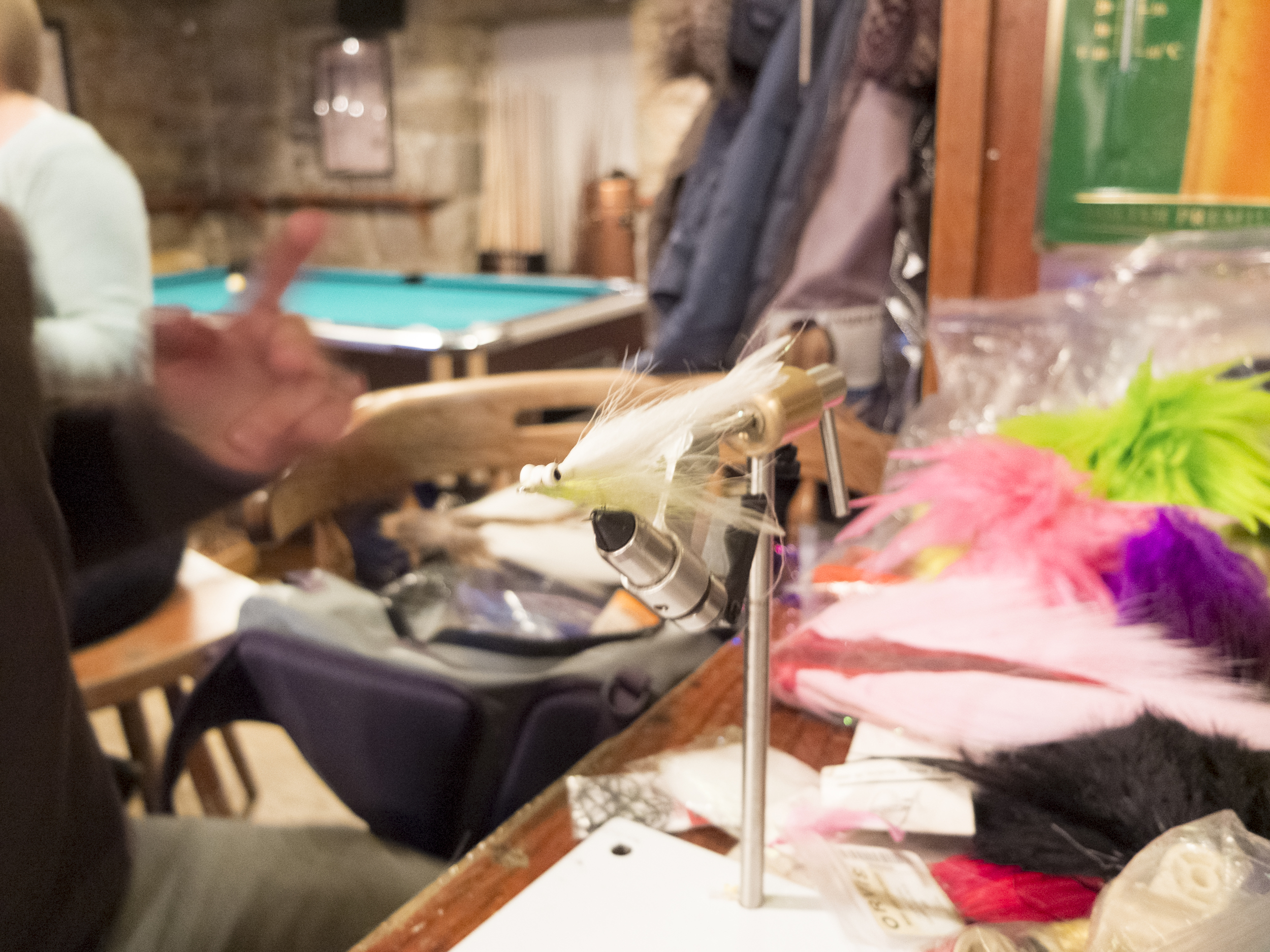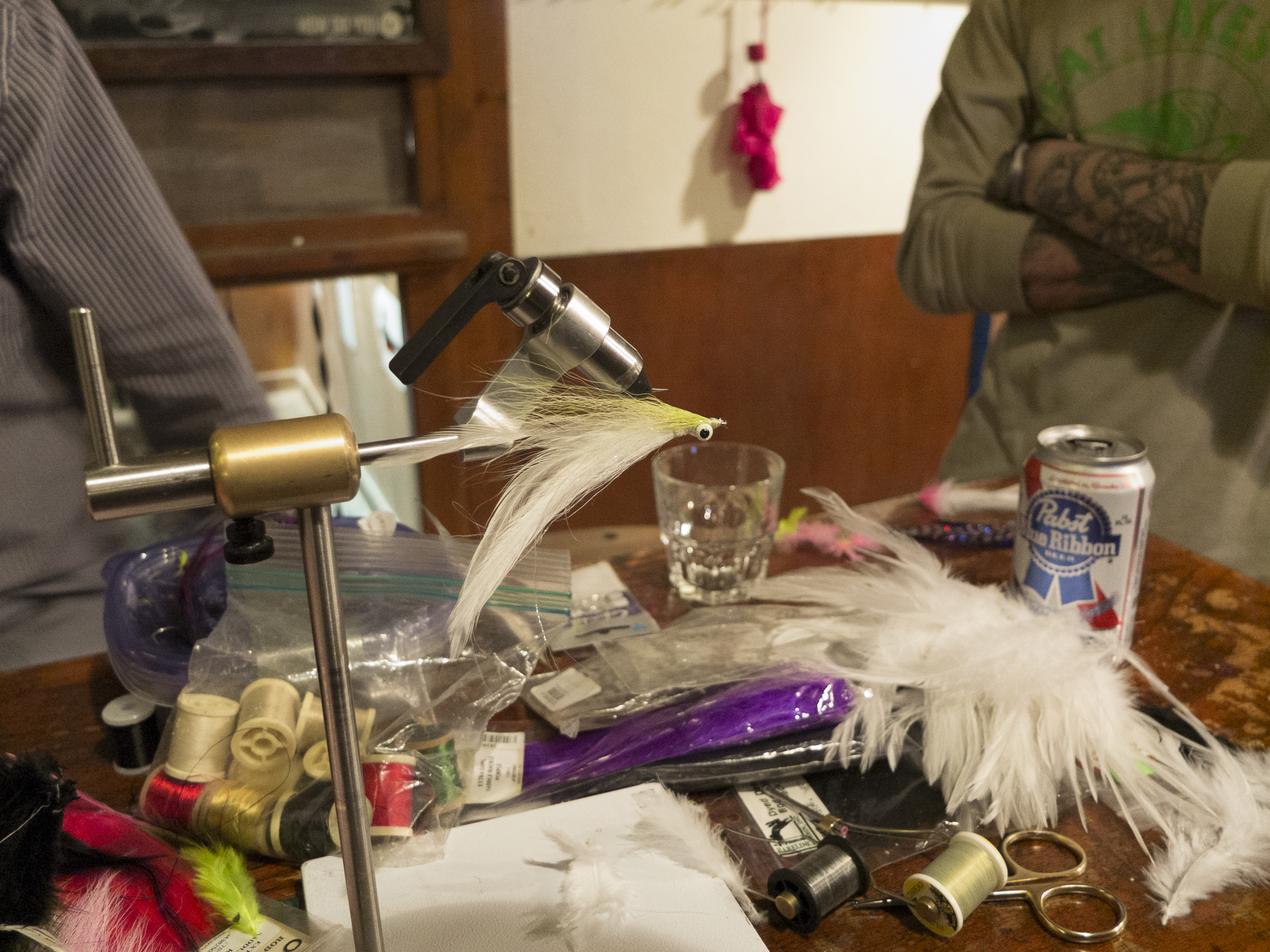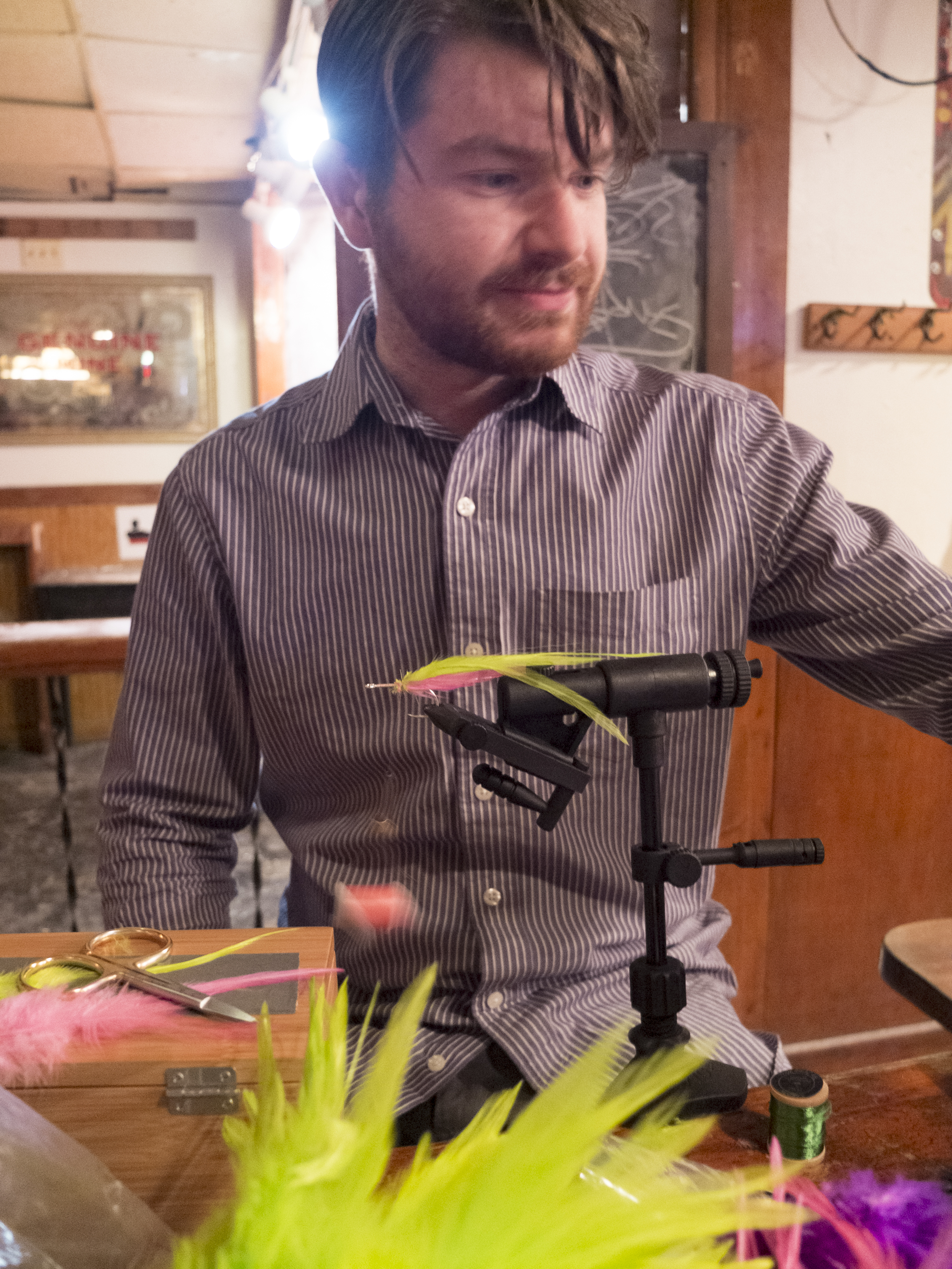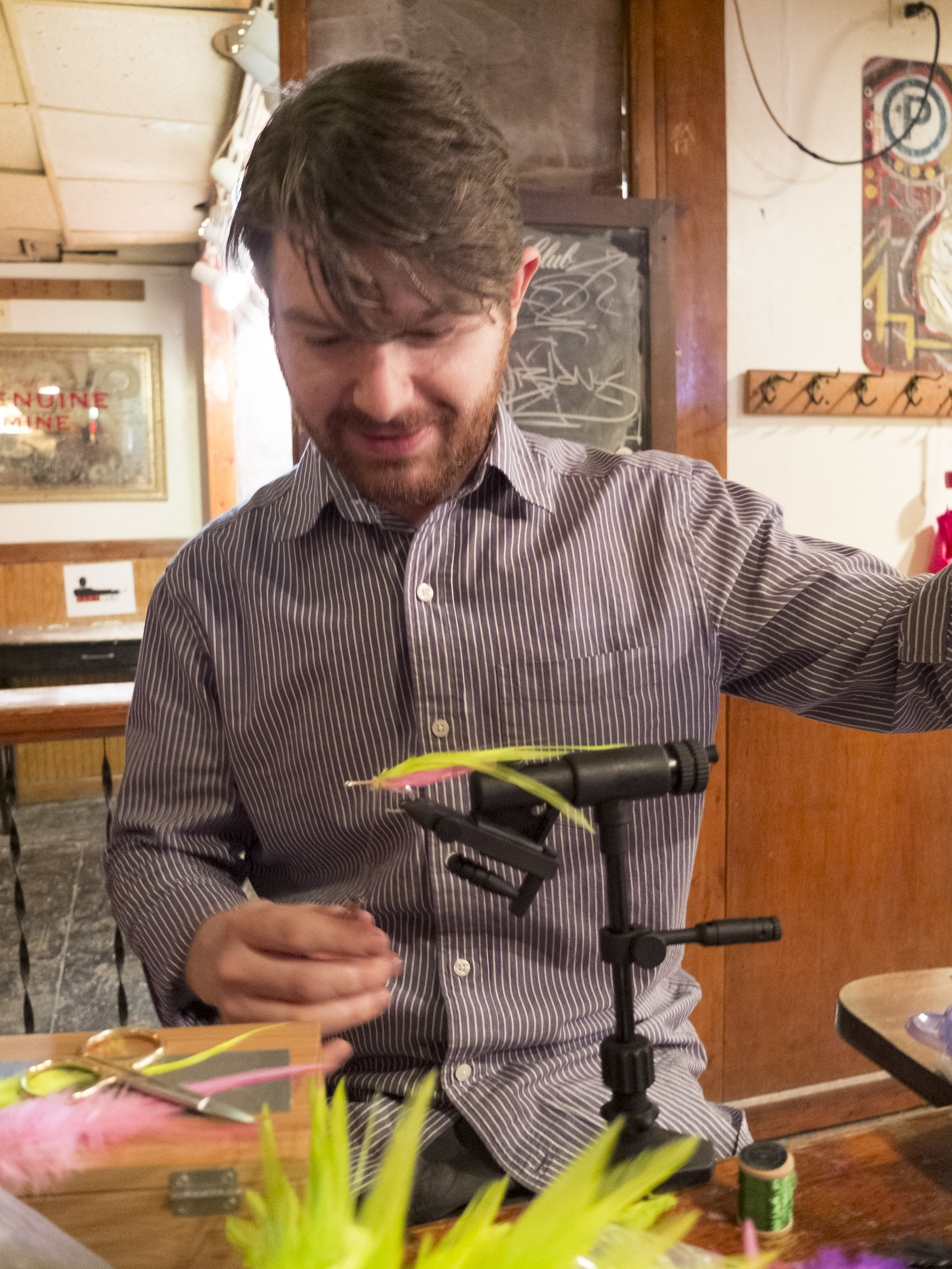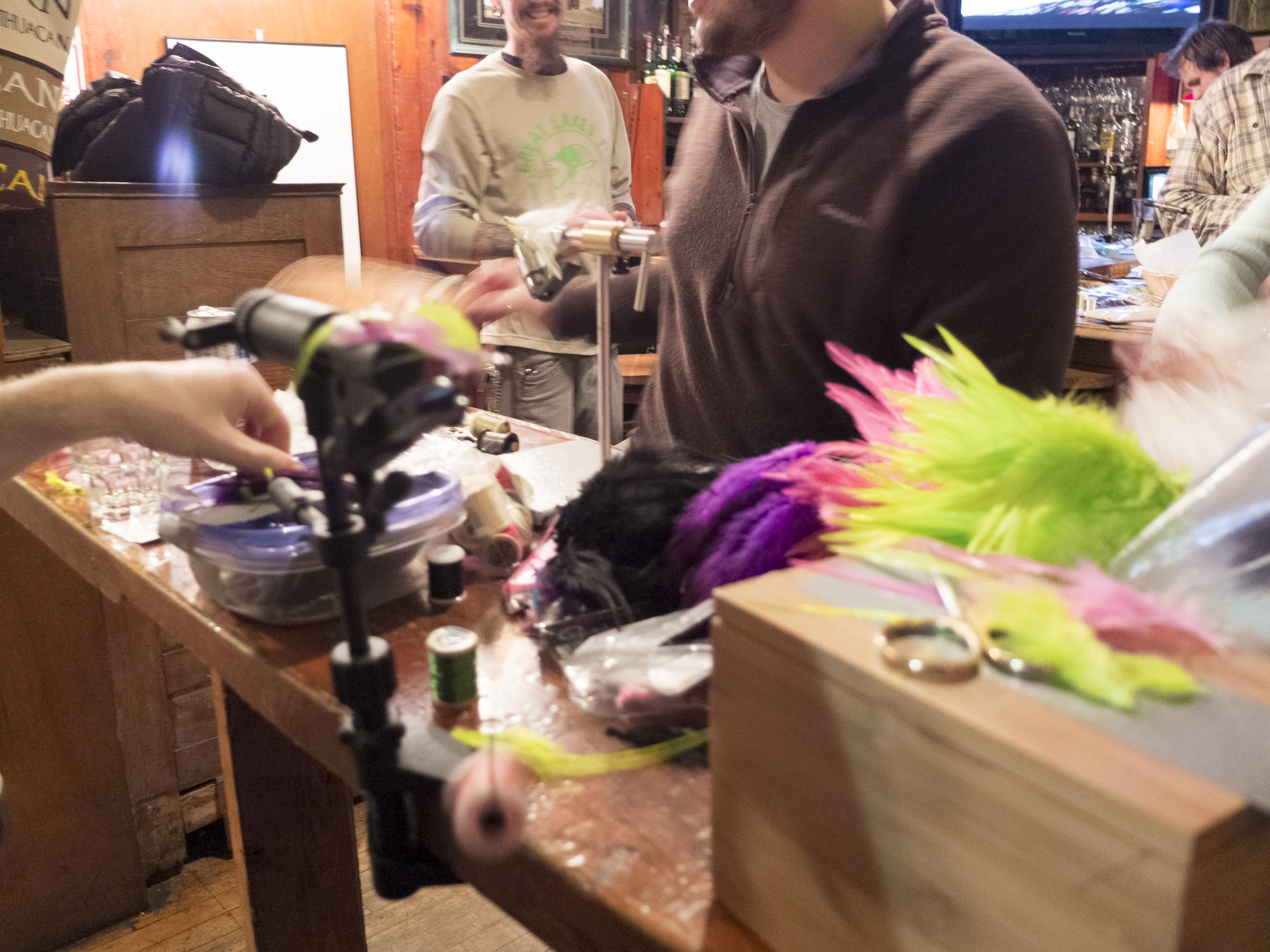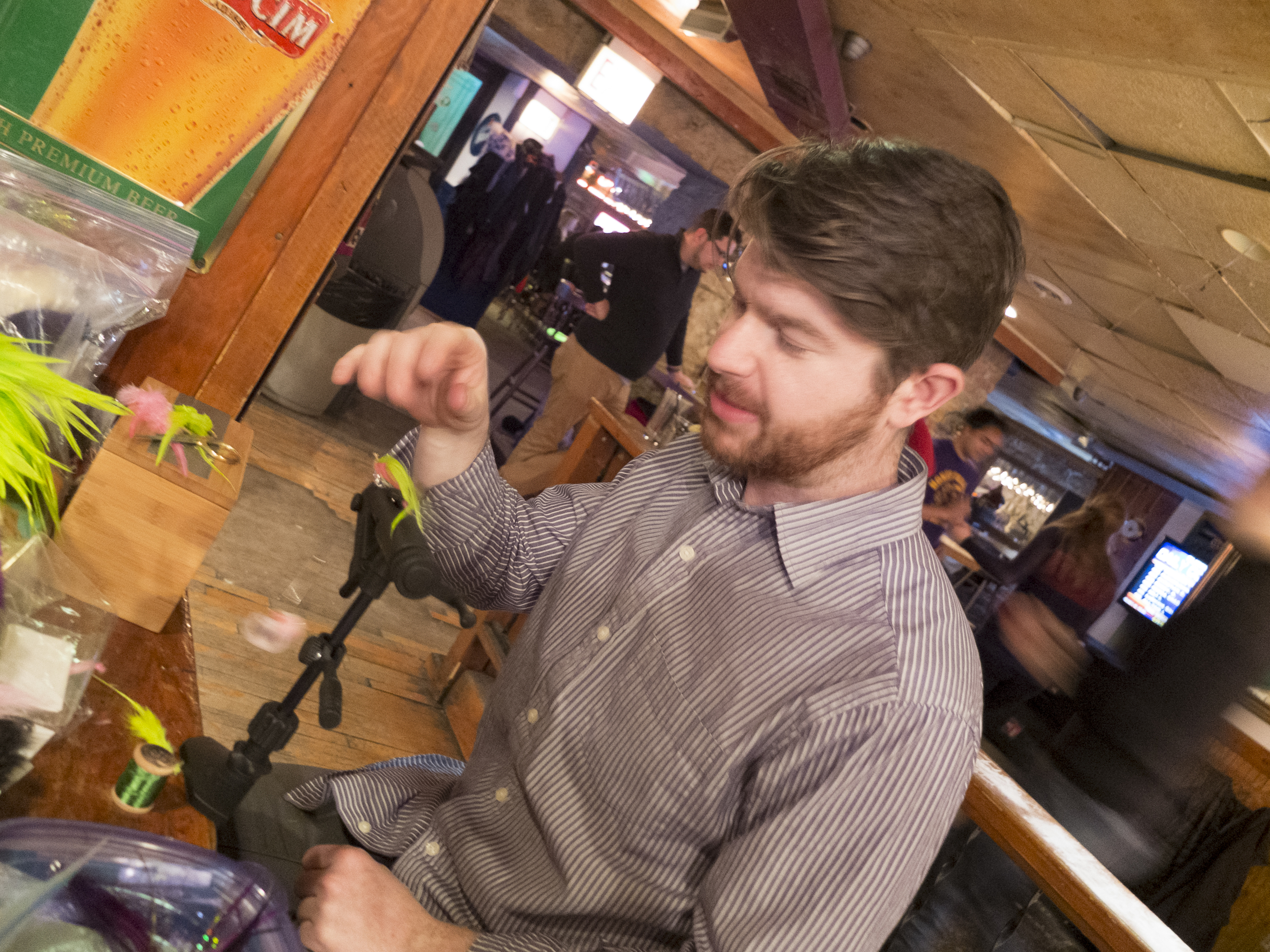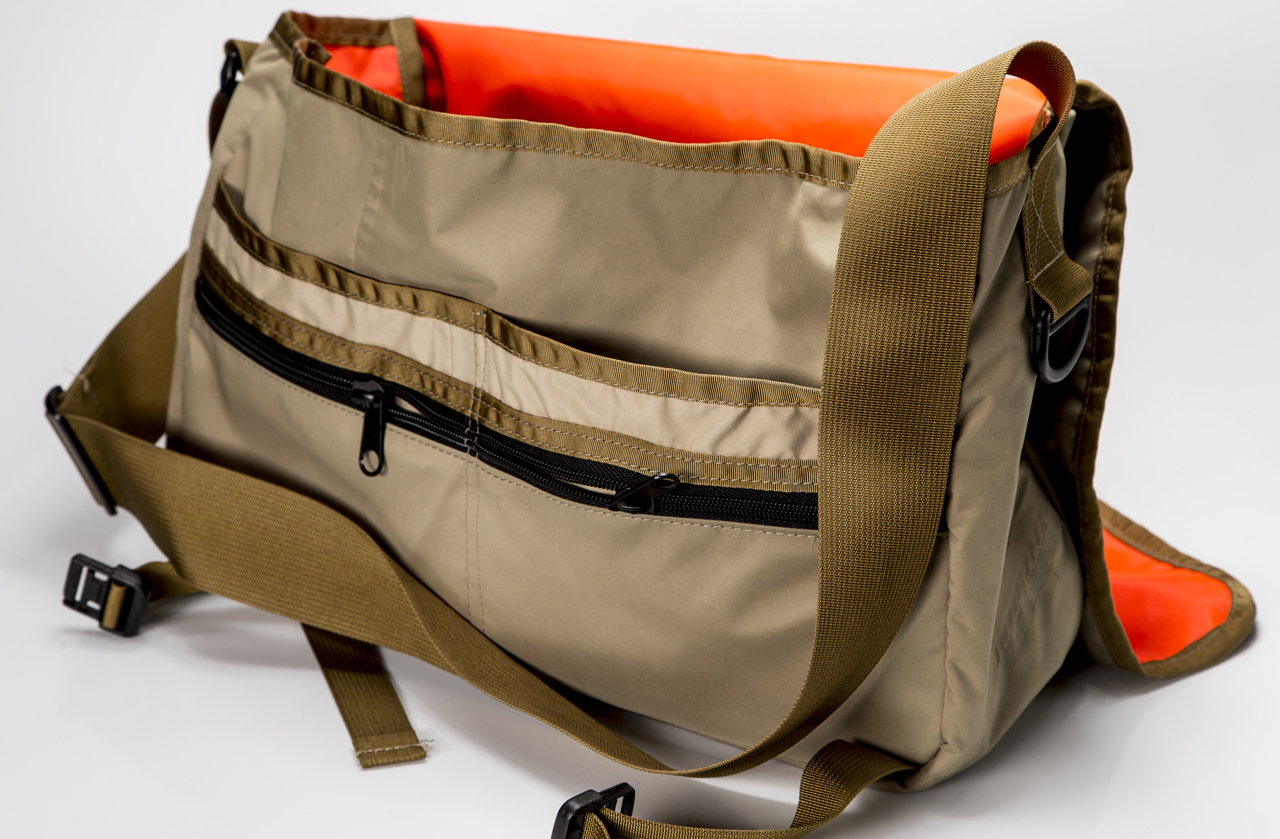The mourners slowly paraded by the pine box and one by one dropped something into the casket: elk hair caddis, royal coachman, humpies, zoo cougars, sex dungeons, clouser minnows, at the end of the day, a small mountain of fur and feathers accumulated. The funeral director said she'd never seen such a colorful display.
Hough was decked out as well as any guide, including hat, sunglasses, although we agreed that you never iron a fishing shirt nor vest and some were guessing that he had either wader pants or no pants on. A few of the women were trying to take a peek under the cover.
We were huddled in the back, the olive/tan bunch would have been the best way to describe us and if you took the vest off of Hough, it could have been any one of us in that wood box.
We were talking about what a nice turnout it was and it was good to meet up with a lot of Hough's friends and clients. In our area he was one of the most respected and busy guides that we'd met. Then a woman standing near us has to ask, "He was so handsome, how’d he die?"
It must of have been how we dealt with our grief, I tried not to laugh, Timmy was staring at the floor and the grin was starting, of course Hawk couldn't hold it in and we had to move outside where the laughter finally stopped when Pat said, “C’mon guys, show some respect for the dead,"
But the story never went away and on a long float we'd be asked, “What do you know about that guide was killed, wasn't he part of your crew?"
I had made the 911 call and was there the day he died. I usually tell them it was just a tragic accident but the boys in the crew happened to be close by and so we all knew.
I had just come past the bend and was rowing for the take out area. Hough's client, as pretty a girl as you'd of ever met made an errant cast and stuck the hook right through her waders and it went deep into her thigh. She started yelling and screaming. Hough, ever the gentleman, got up to pull the hook out but it was stuck solid, he was certain he’d debarbed it but then there were those late night ties, where he’d miss a few. This must’ve been one of them.
And between the yelling, screaming, and chaos of the moment. Hough forgot to set the anchor and the boat hit an eddy and spun him out of the boat. I rowed to get him but he'd gotten back to the boat and was able to pull himself in. He got the boat to shore, got his client quieted down and asked her to pull her waders down so he could get the hook out. He stripped out of his waders and wet clothes and wad down to just his shorts and wet socks.
The client has dropped her waders down and it was a warm summer day so she'd decided to wear a string bikini.
So let me tell you about Hough. He rowed nearly every day, he was, and we all thought this was sad, a vegan. Yep, a vegan guide, and while most of drank beer, there'd be Hough, drinking bottled water or some sort of juice. He'd been photographed so much with his shirt off that we were going to nickname him six-pack. Ruggedly handsome was the copy line they’d said about him the small town paper.
Women weren't his strong suit. “ I love women, married, single as long of their of age, I love em all.” And they loved him.
Hough certainly seemed to have no end of dates usually single or so we thought.
And there he was, half-naked with a half-naked woman, bent down and pinching the barb off the hook, her hands on his back, his hands on her bottom, her going,"Ow, ow, ow" and bucking as he gently eased the hook out. Then her grateful and embracing hug.
I heard the shot and they both went down.
And there stood the woman’s husband, "I told her if I ever caught her with another man, I’d shoot em both!”
I row and look at where Hough and I had spent a good deal of time. After the funeral I gathered up his waders and sent them off to Seattle.
He used to put a little HH, at the bottom of his chest straps and so when the bag I'd ordered arrived, I checked to see if they were there but didn’t find any letters of marks. However late at night, when the light hits the lining just right, it seems to glow, and the next day the fishing is always great.
It carries a log book and a fly box that Hough had made for me the first year I started. Last night it glowed with a yellow light as bright as I’d ever seen. On the way out I looked at the calendar, it’d been two years to the day. So I loaded up with some spring water, organic everything and headed out to meet my client. She was a redhead and I stopped to make sure that all my hooks were de-barbed.
All characters appearing in this work are fictitious. Any resemblance to real persons, living or dead, is purely coincidental.
Note: no one has to die in order for you to send your waders to www.recycledwaders.com some shops will offer to send them in for you and give a small percentage off of your purchase of new waders. Please contact your local fly shop and see if they offer this service.
I have the messenger bag and I can vouch for the build quality and uniqueness of the bag.
Stuart Van Dorn
